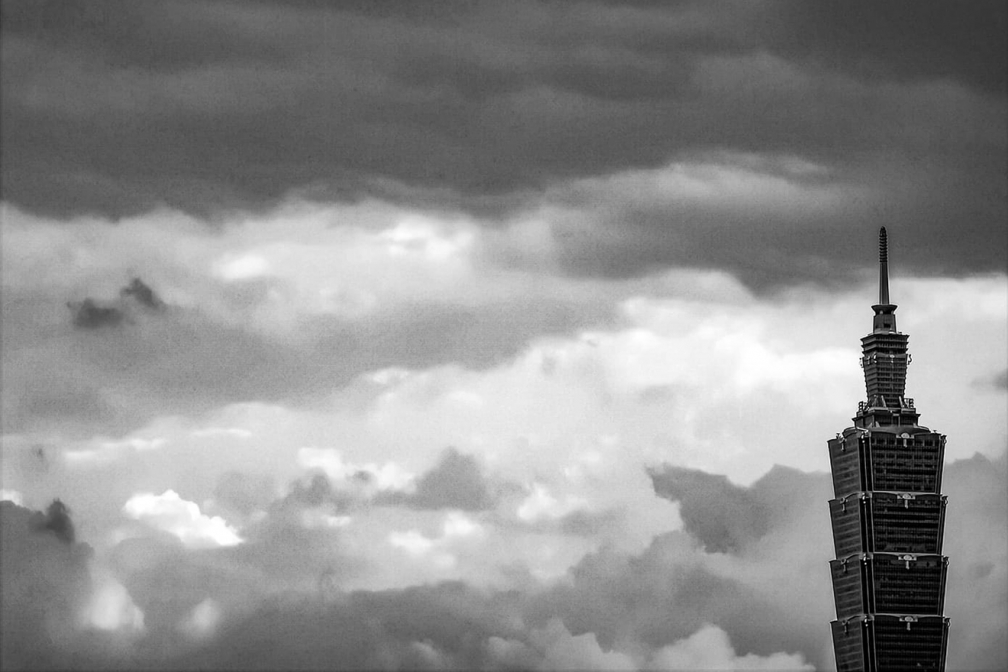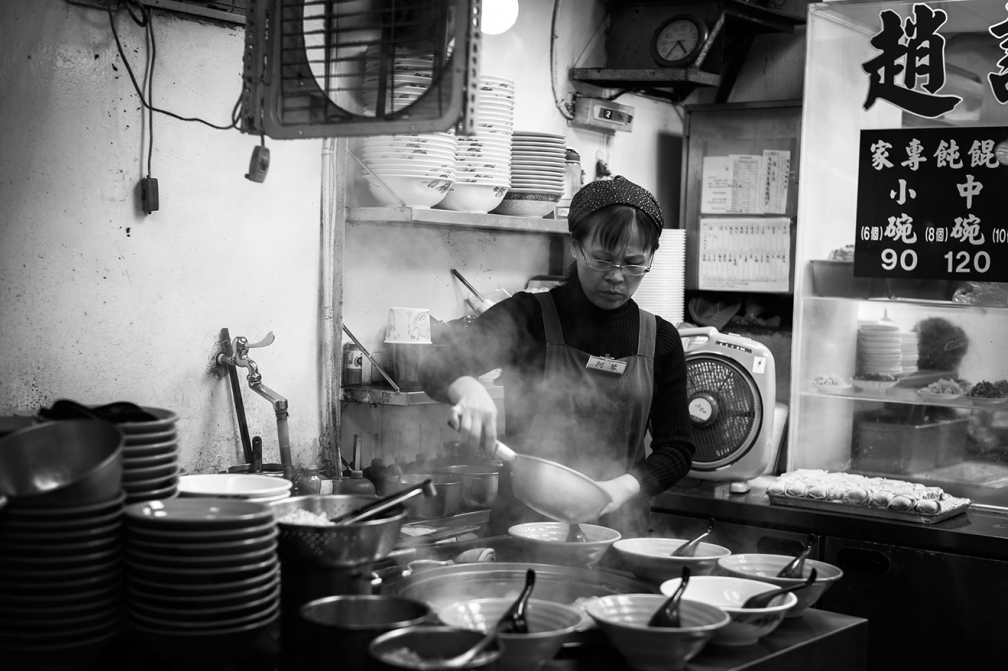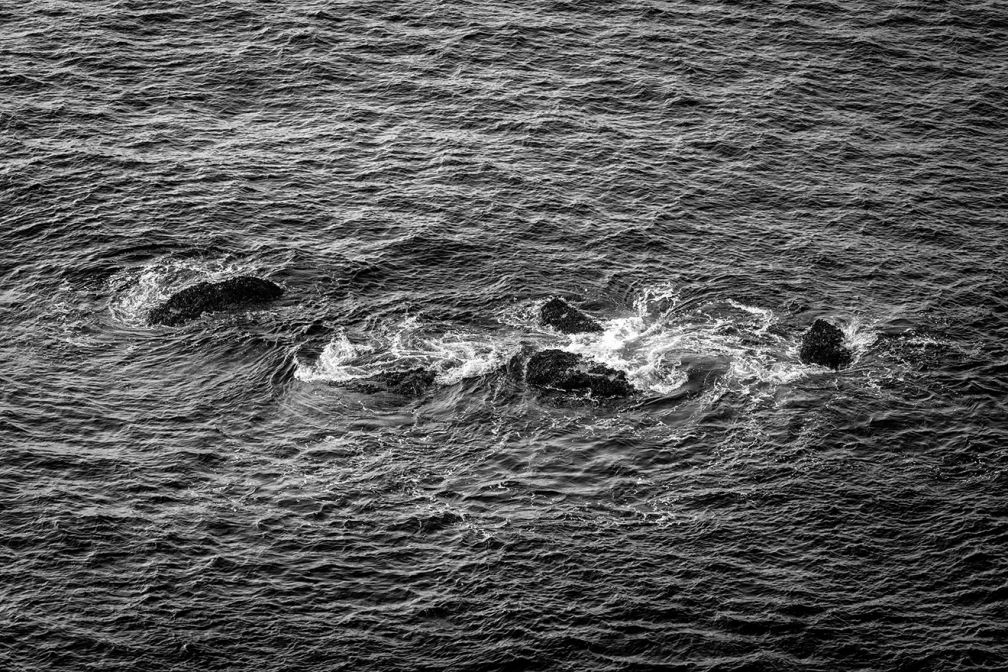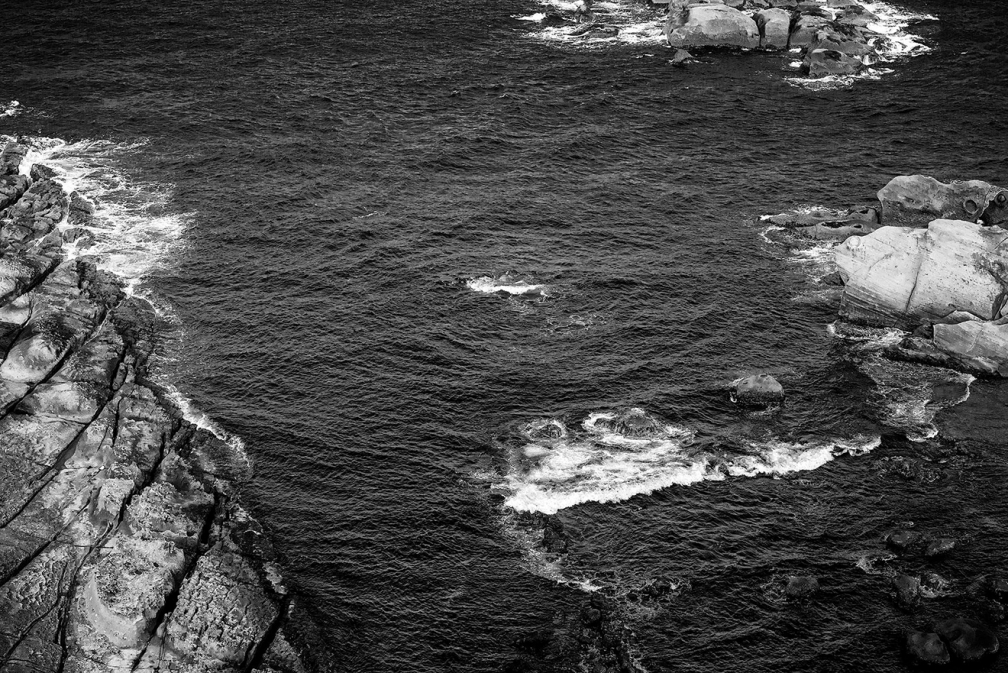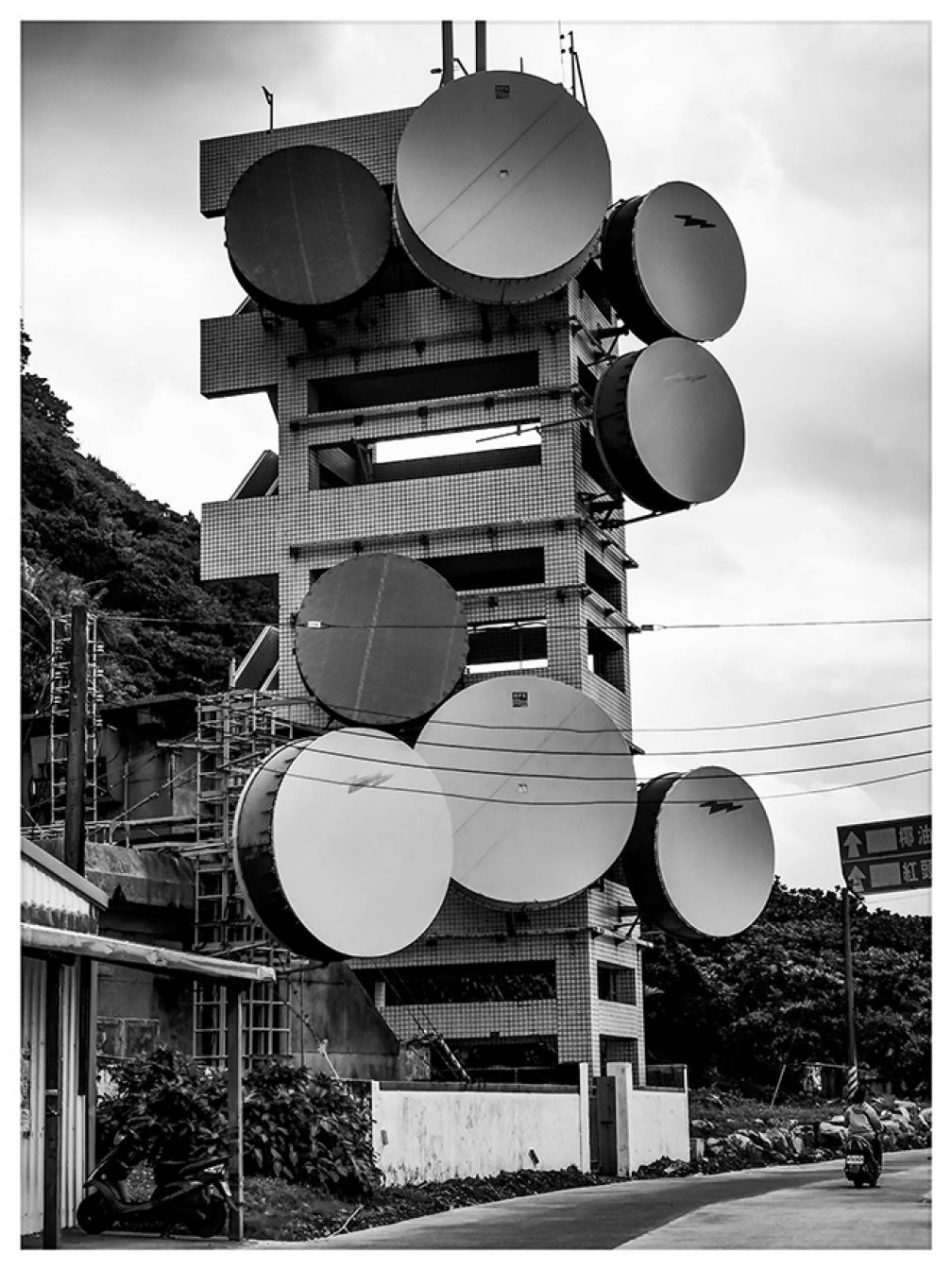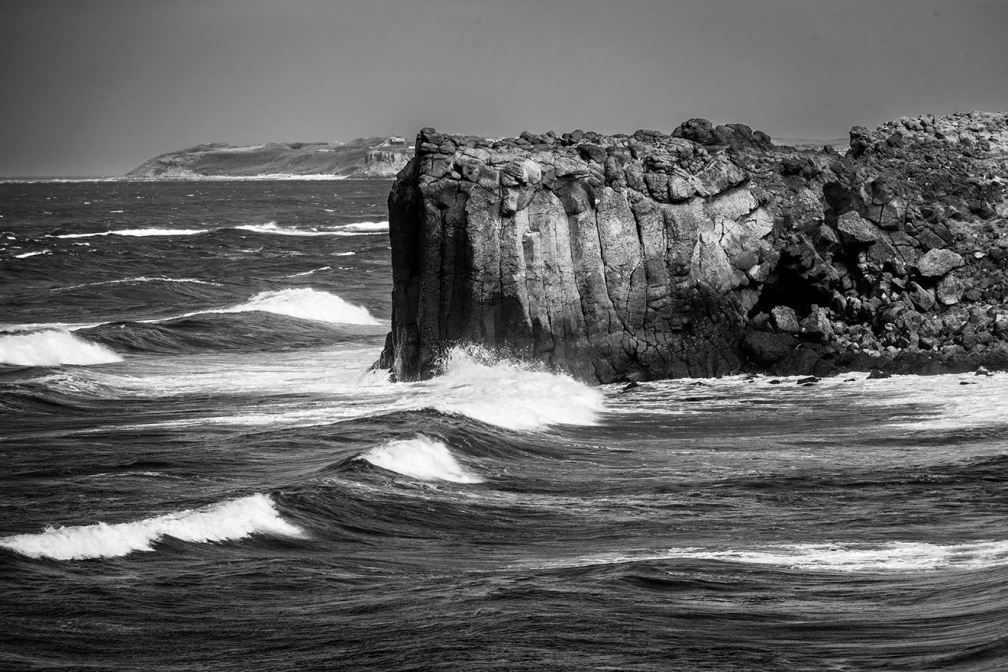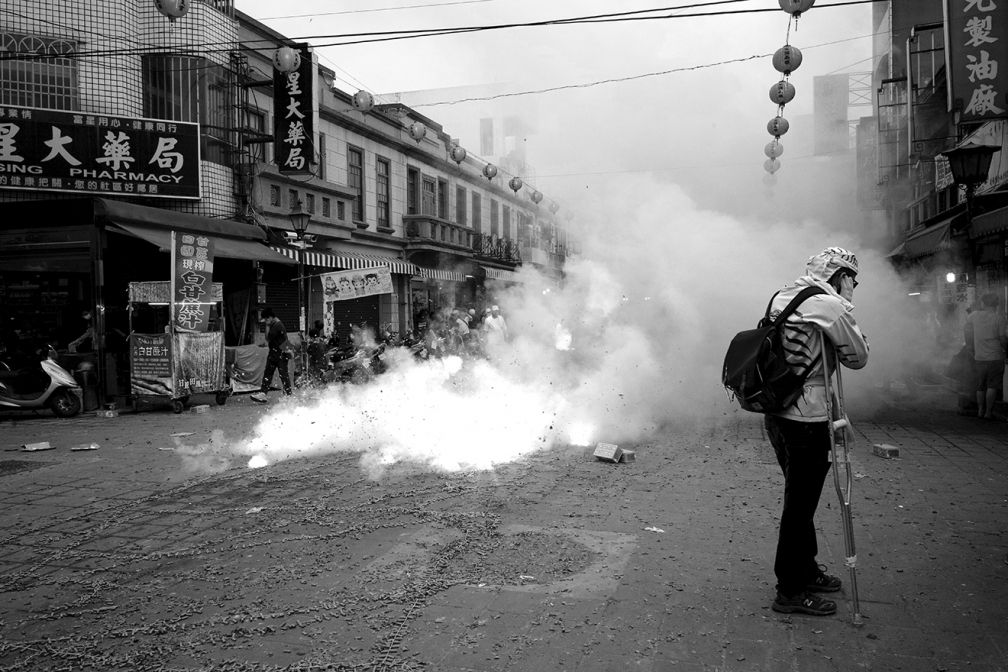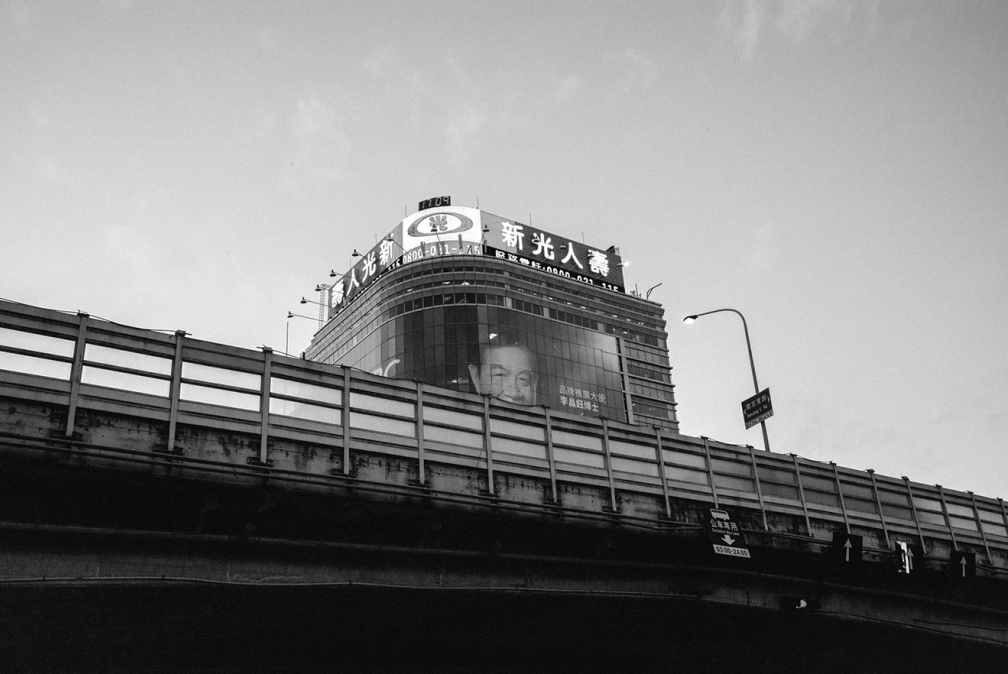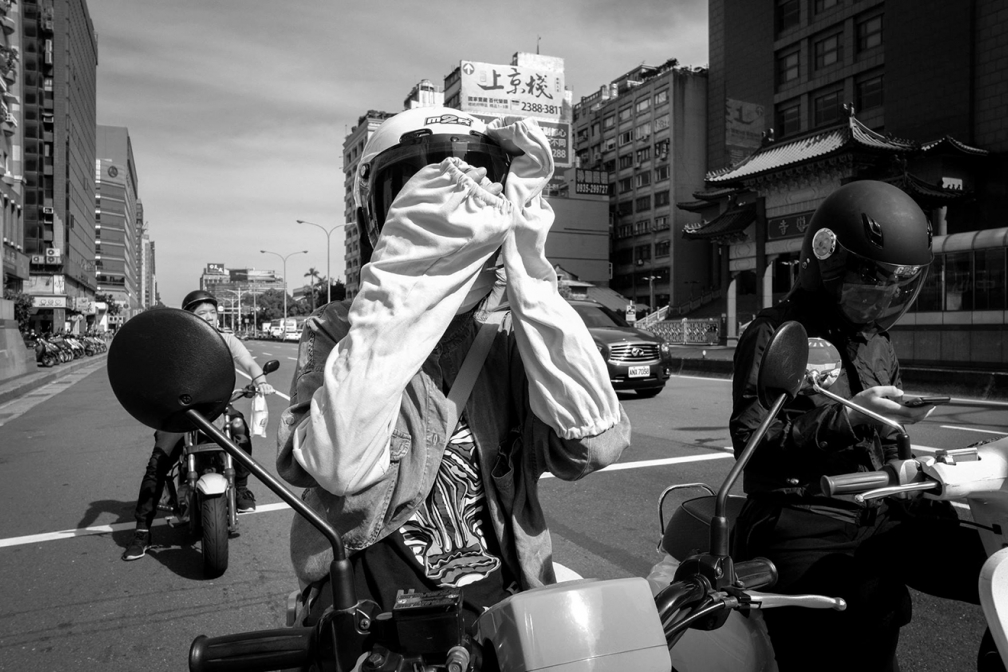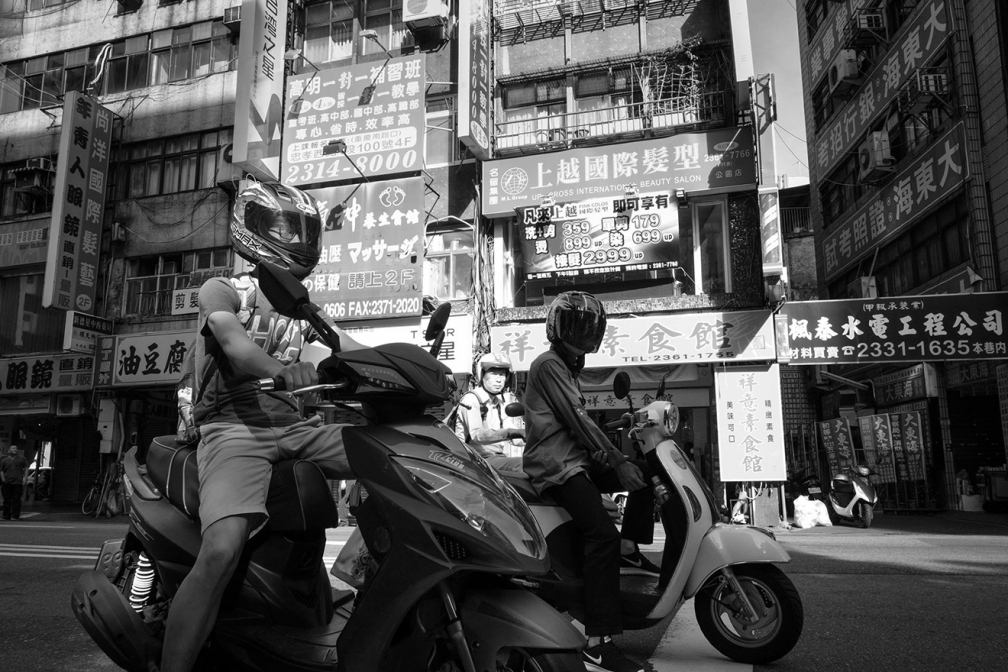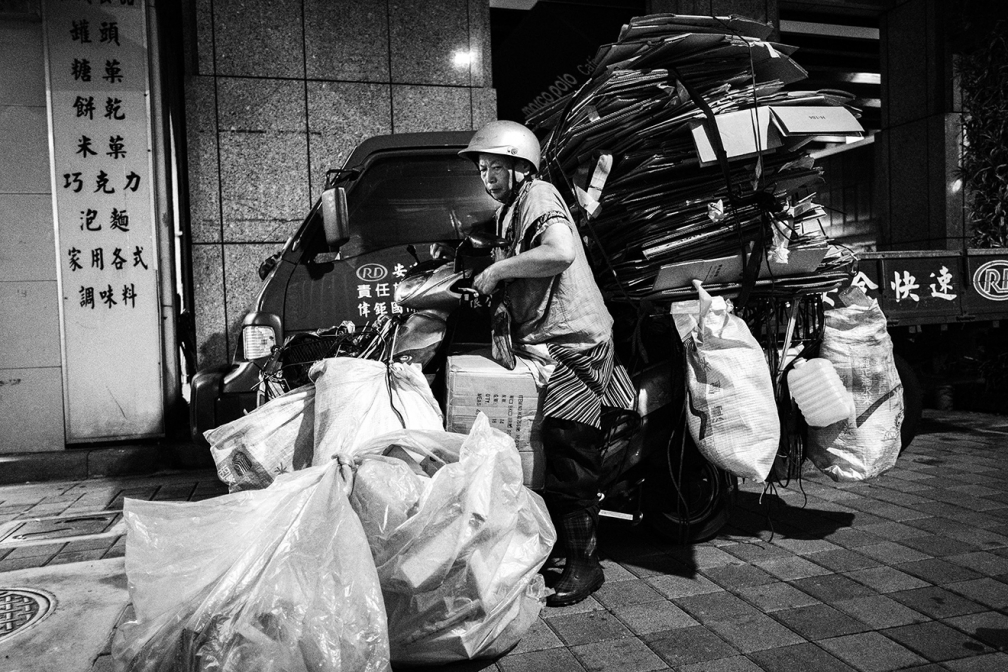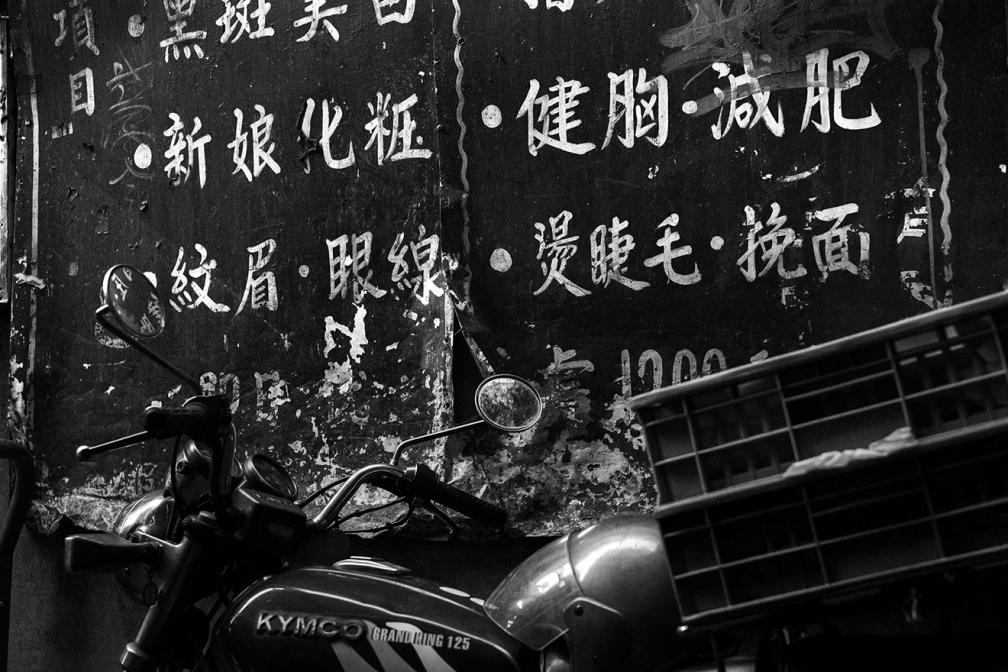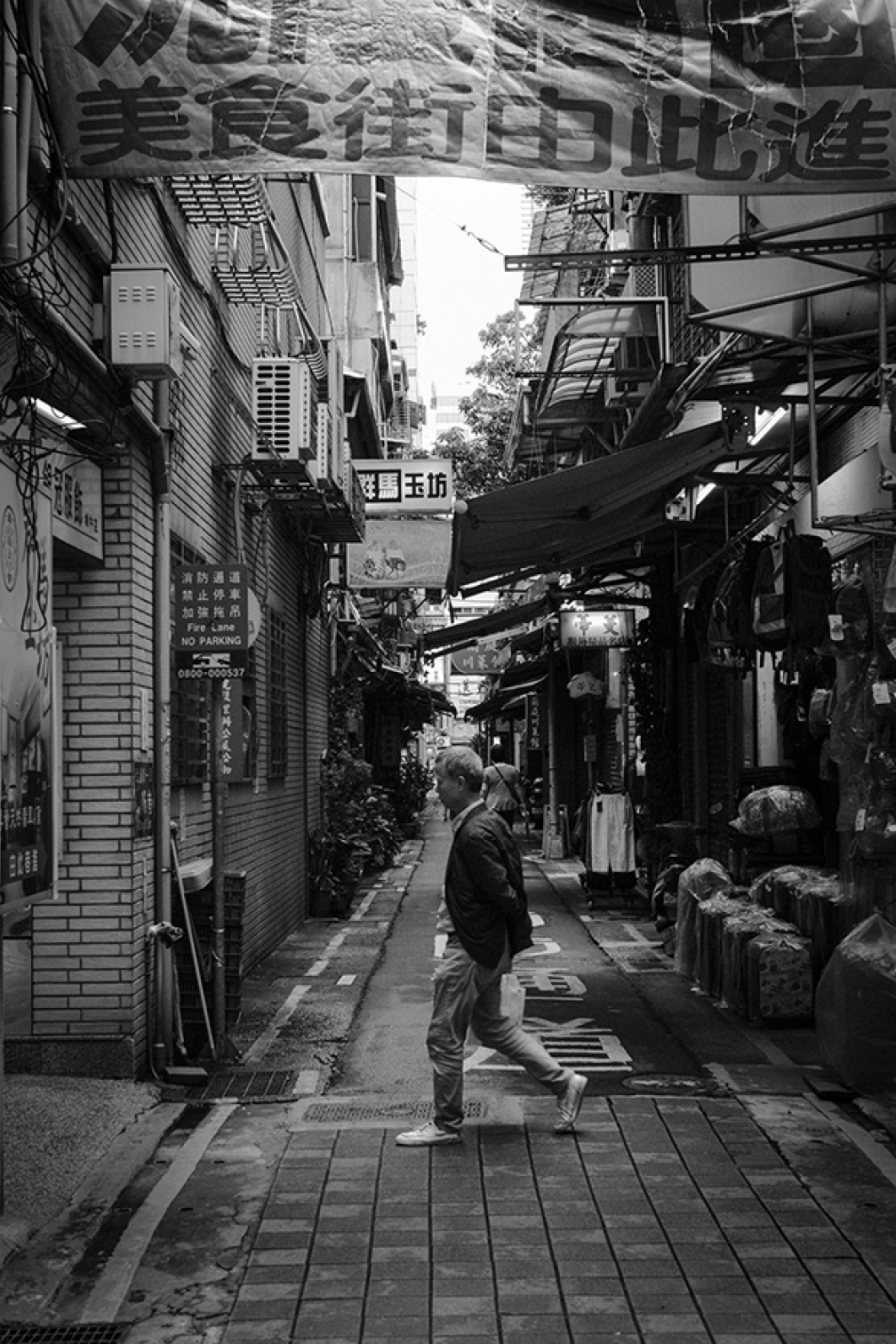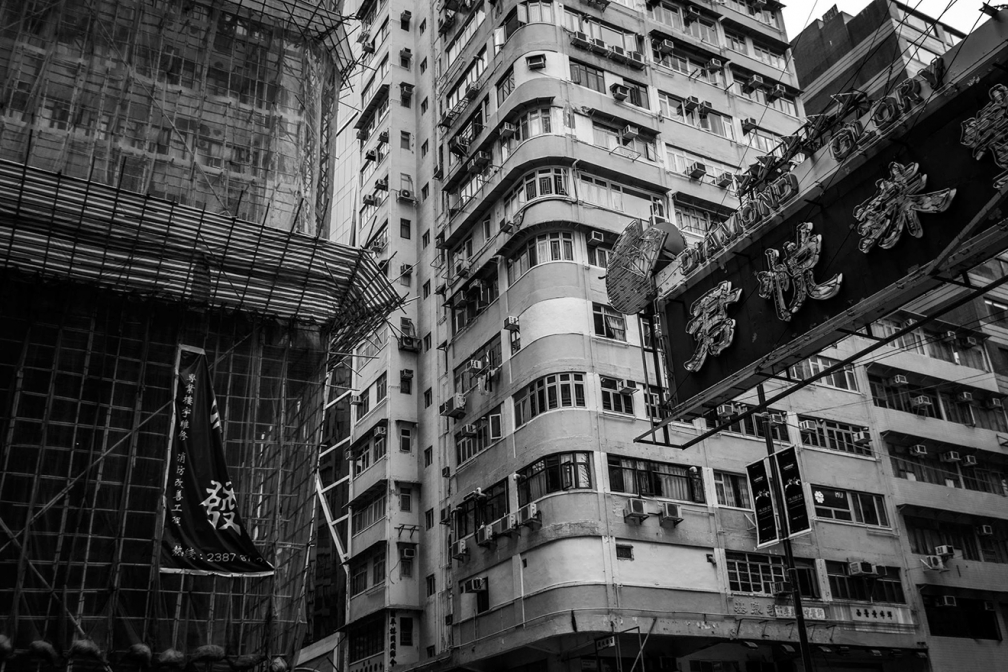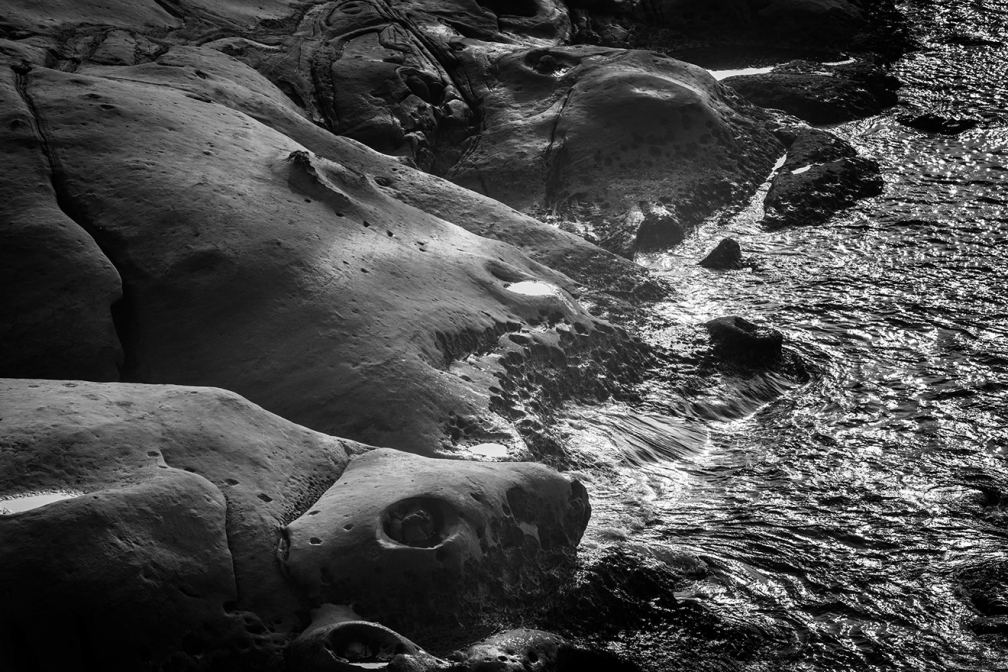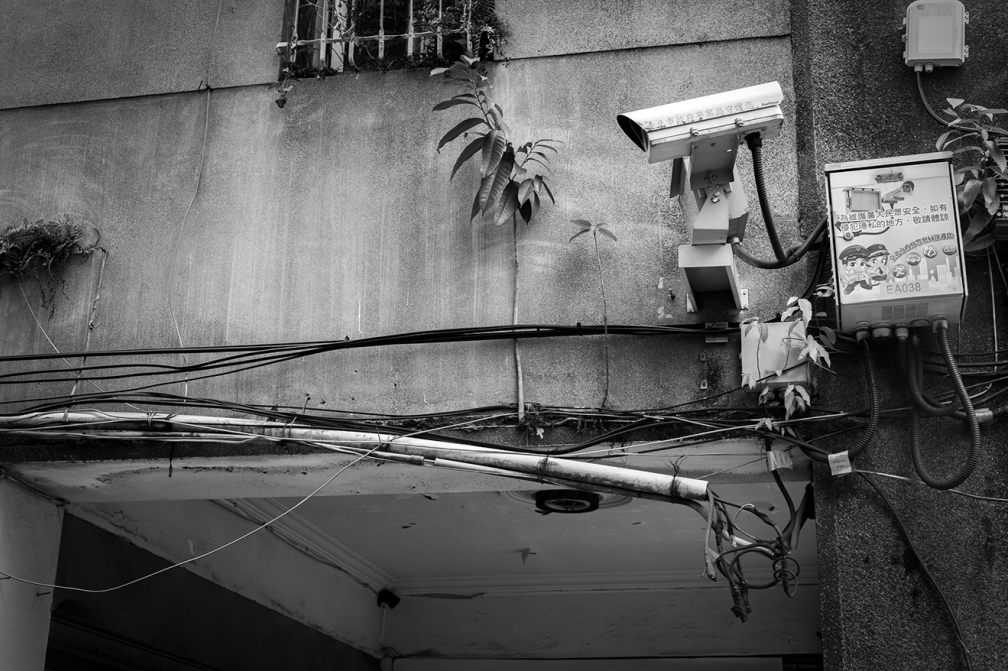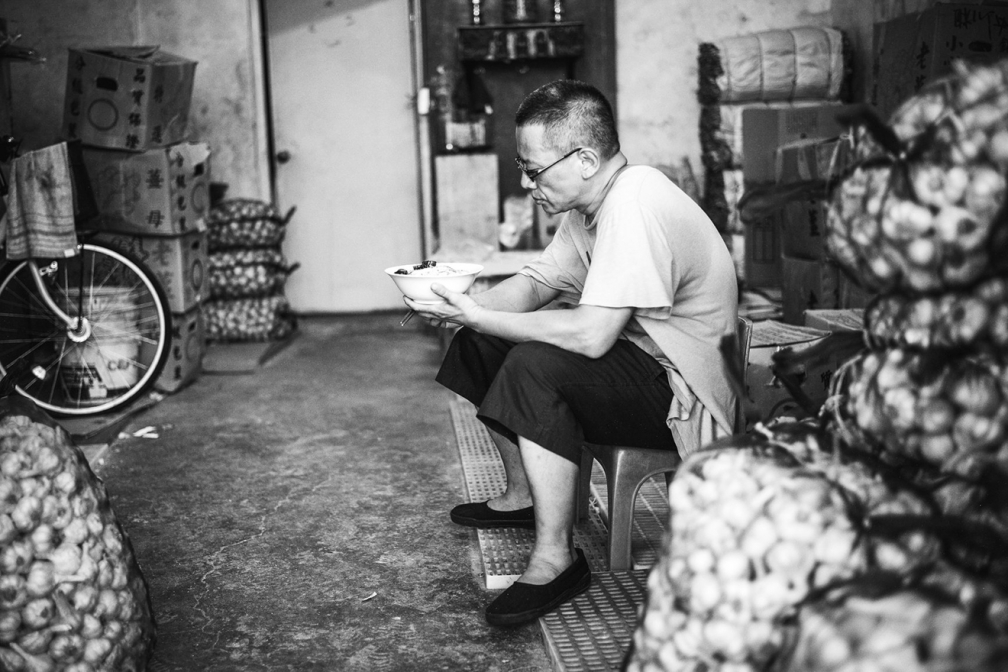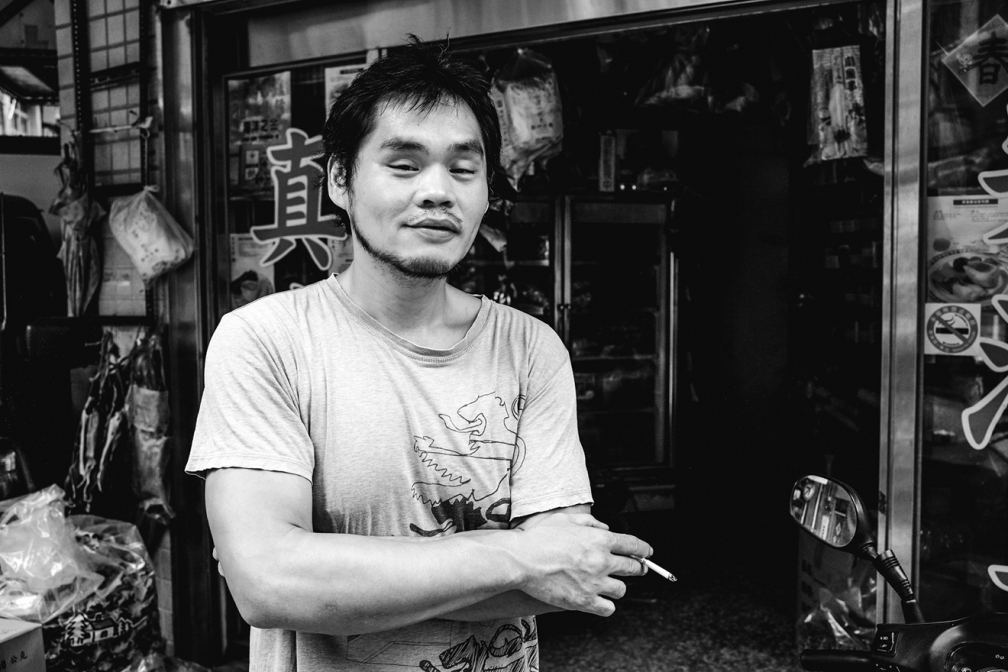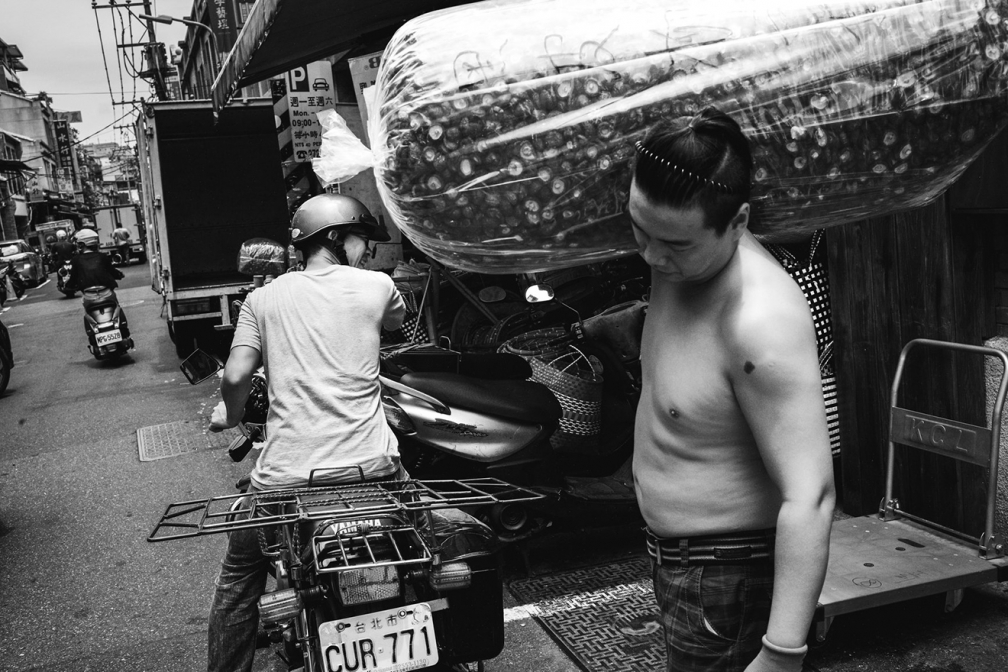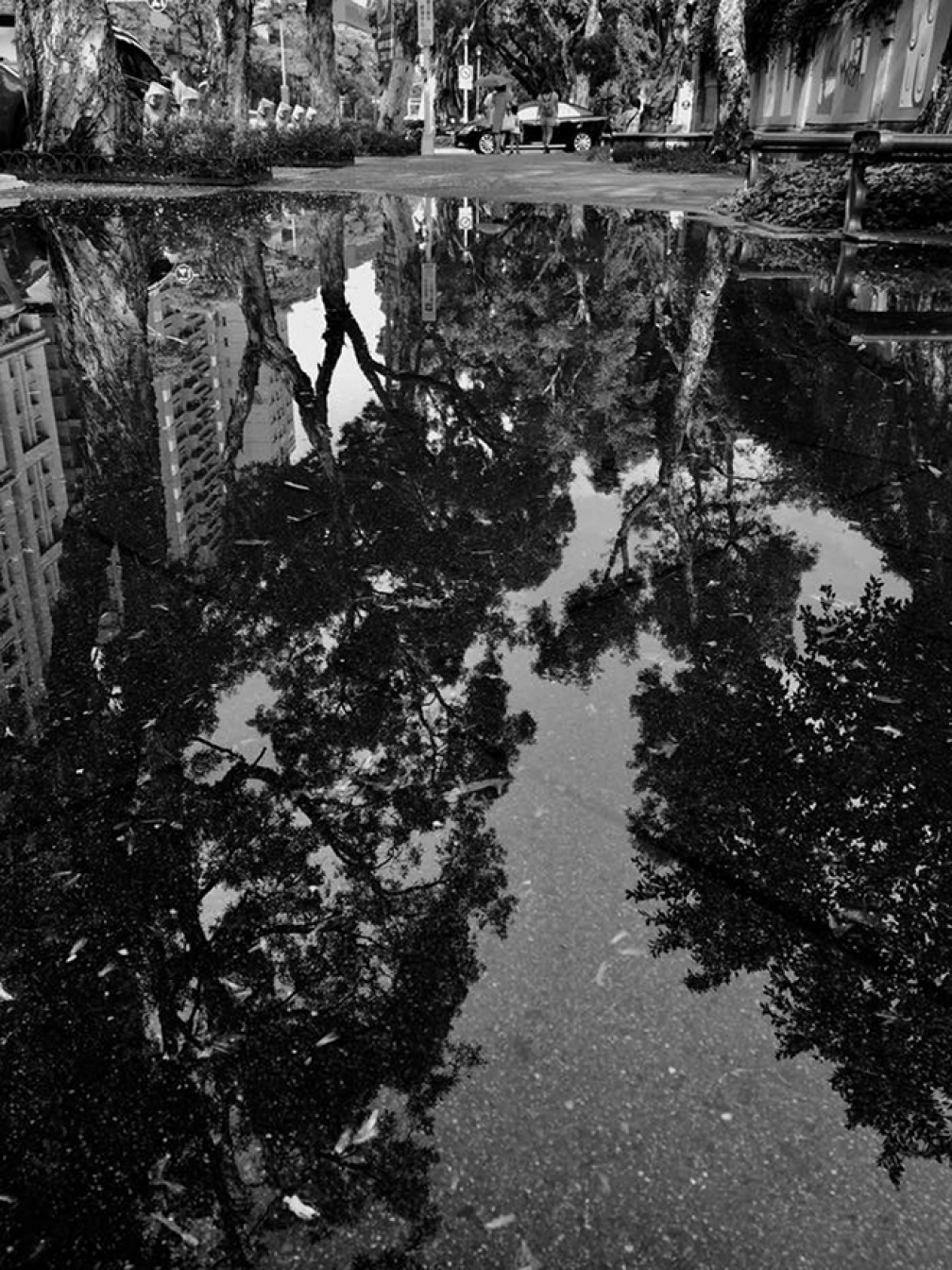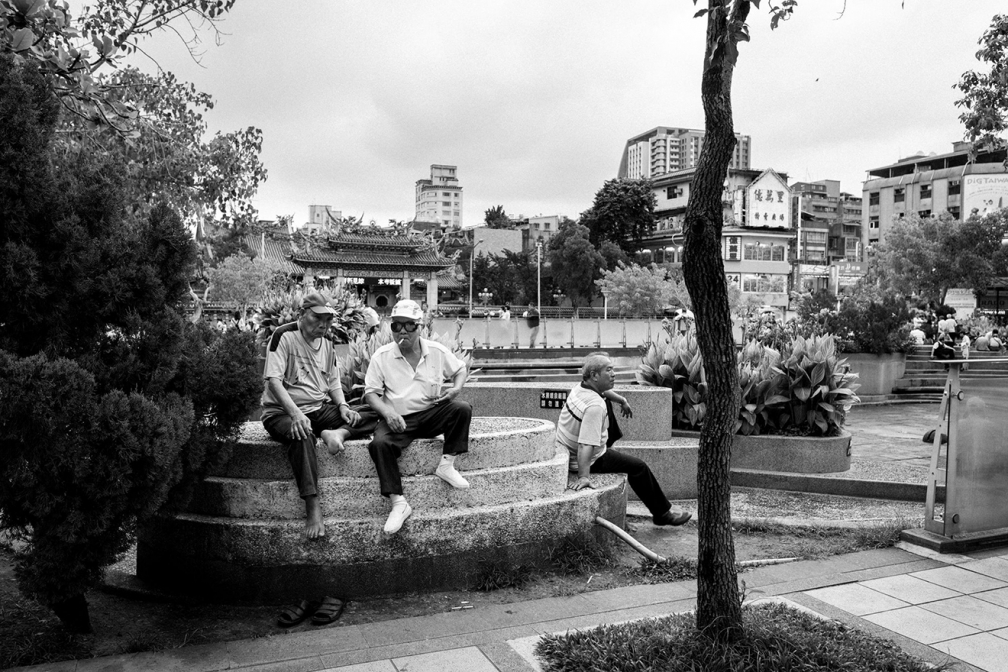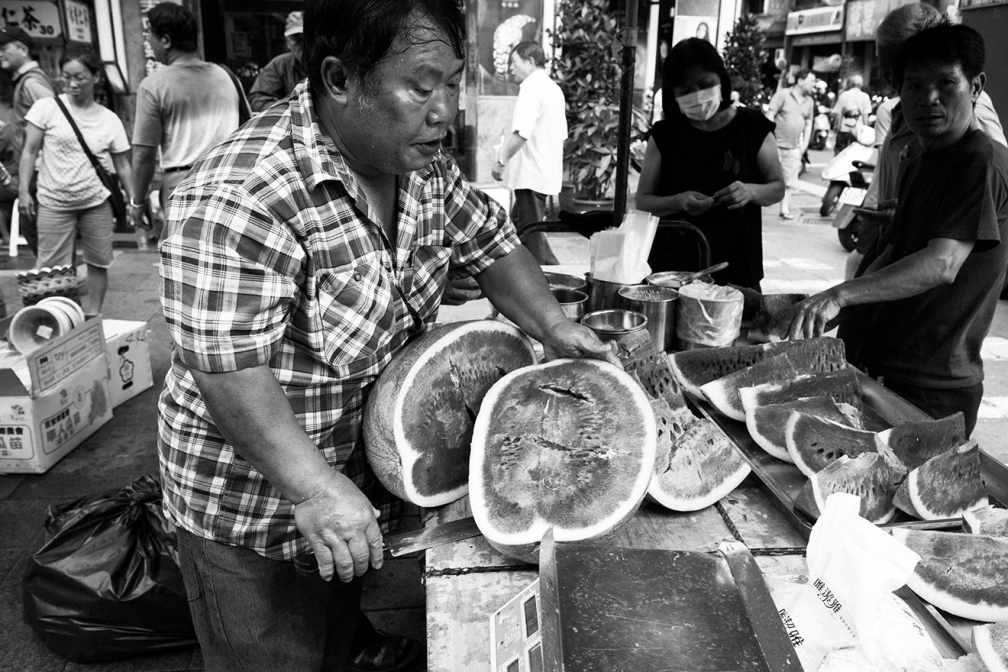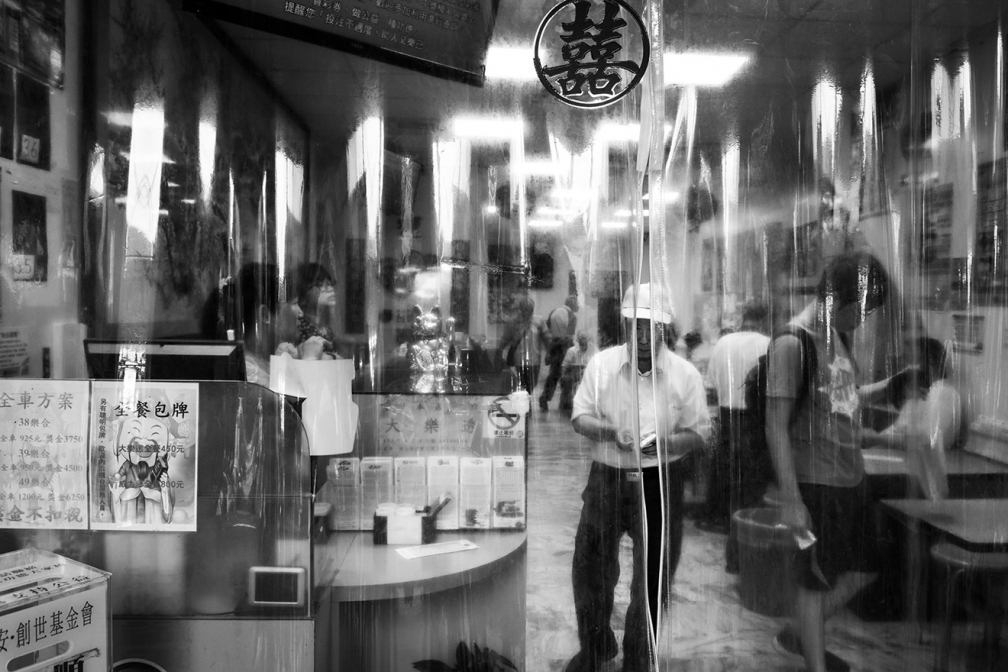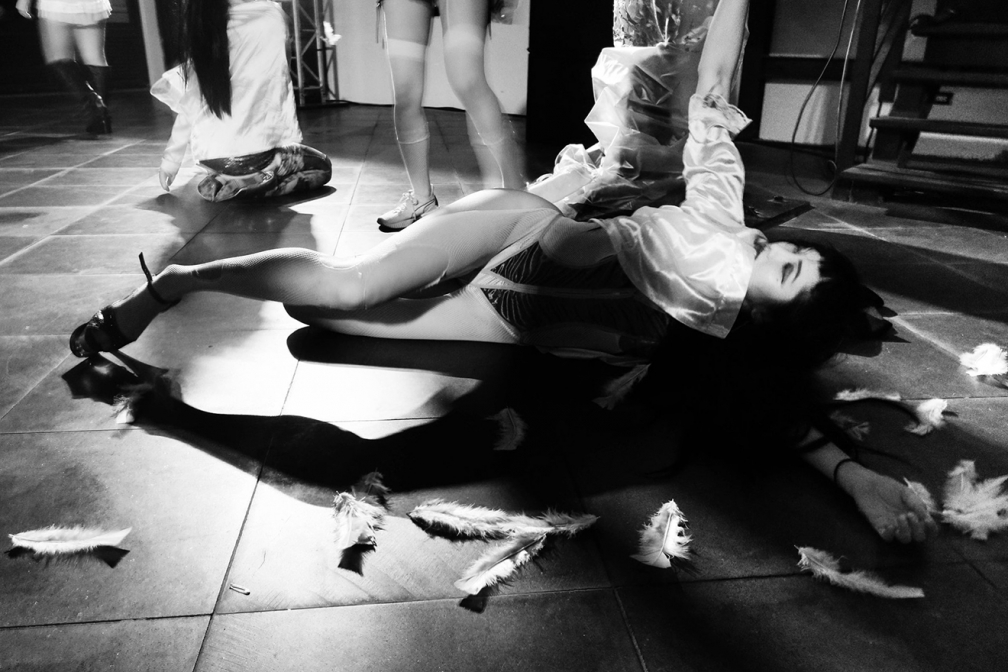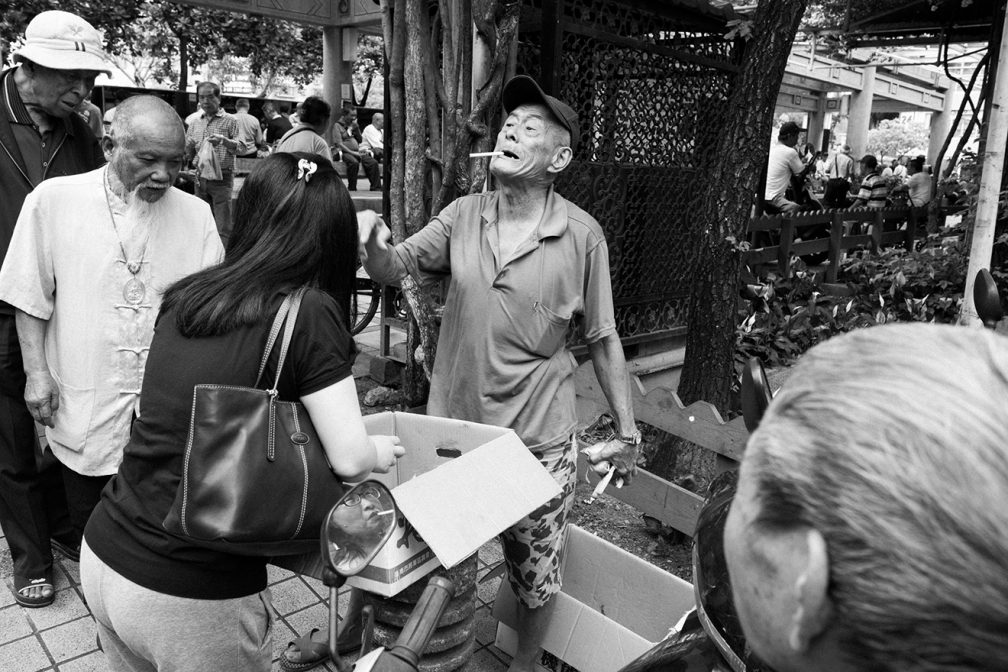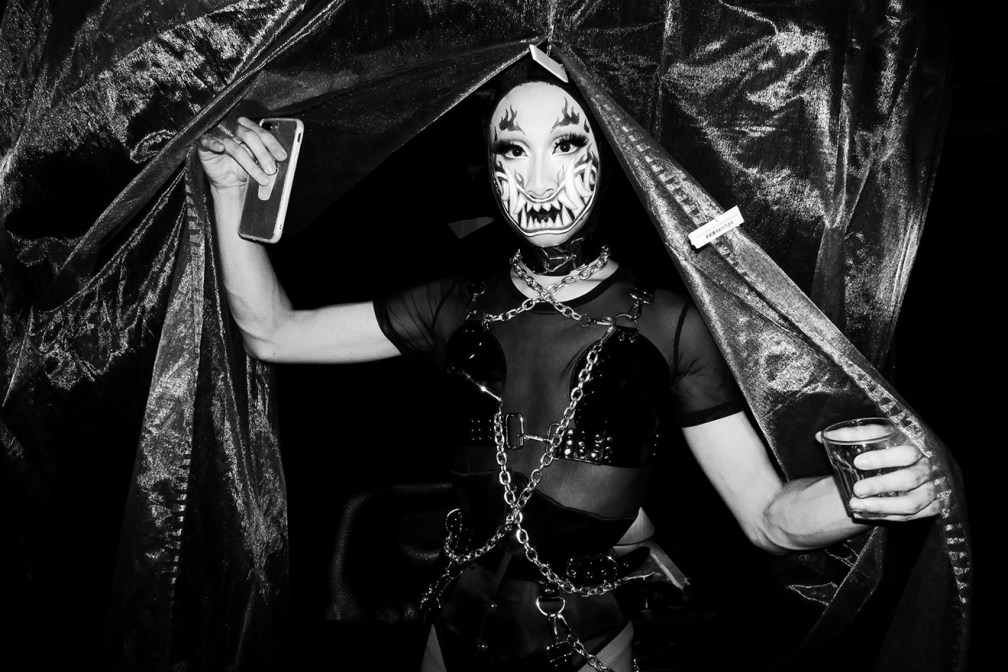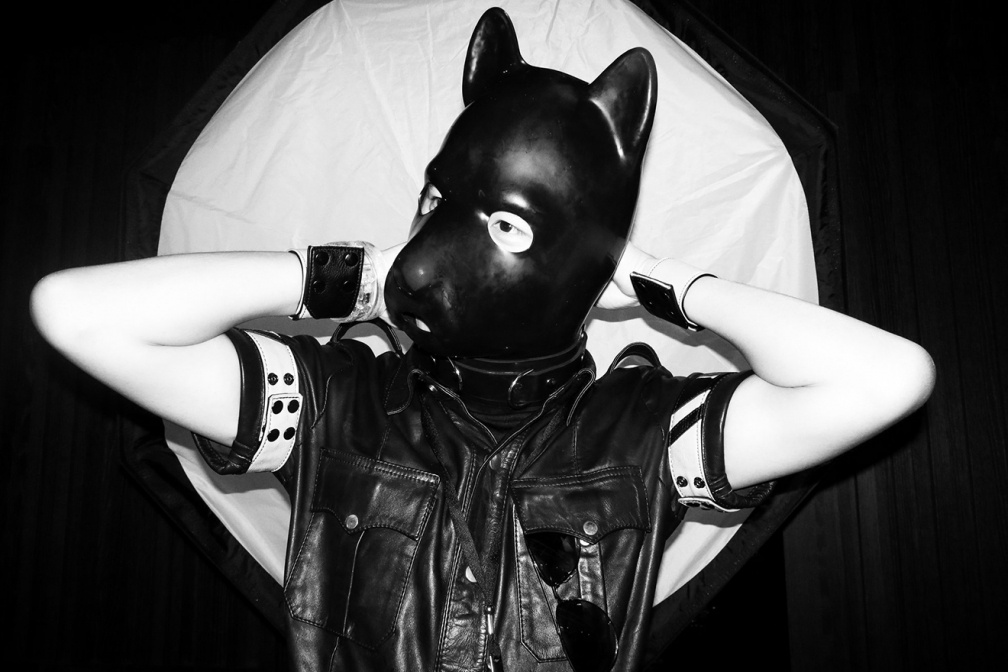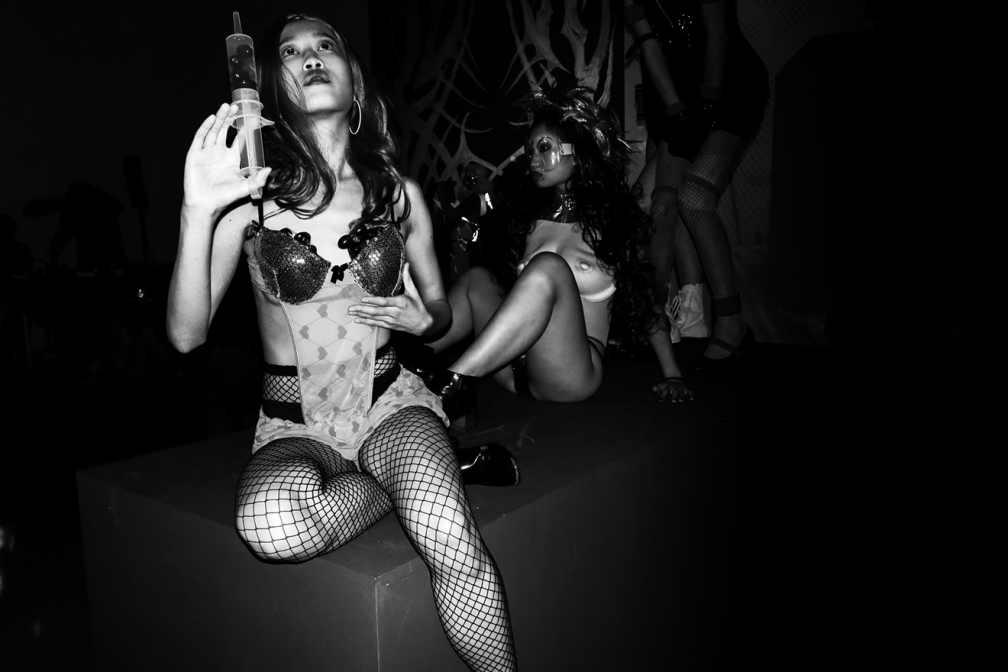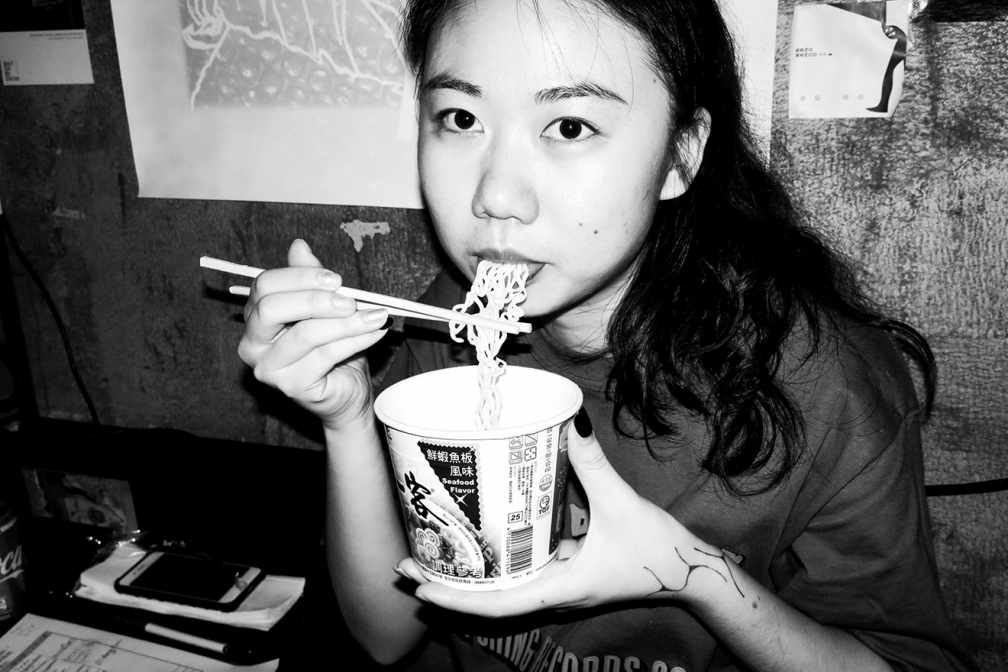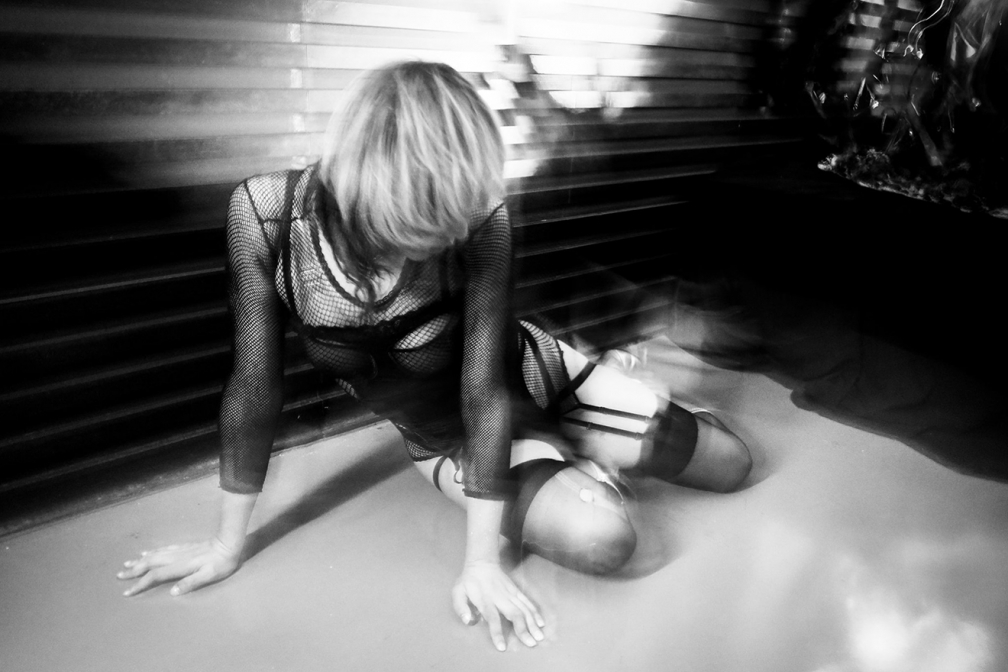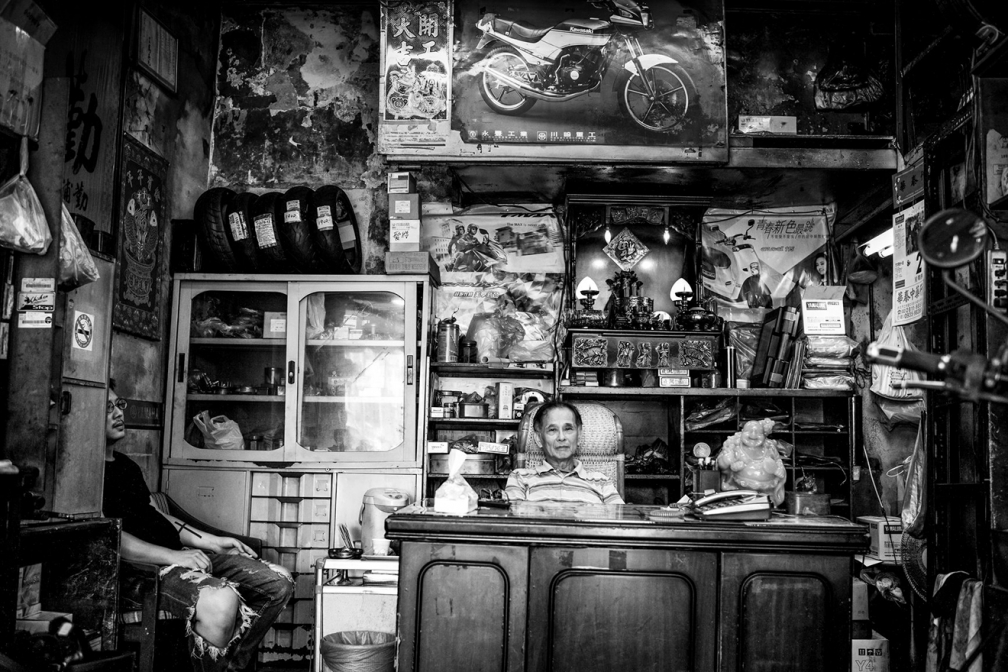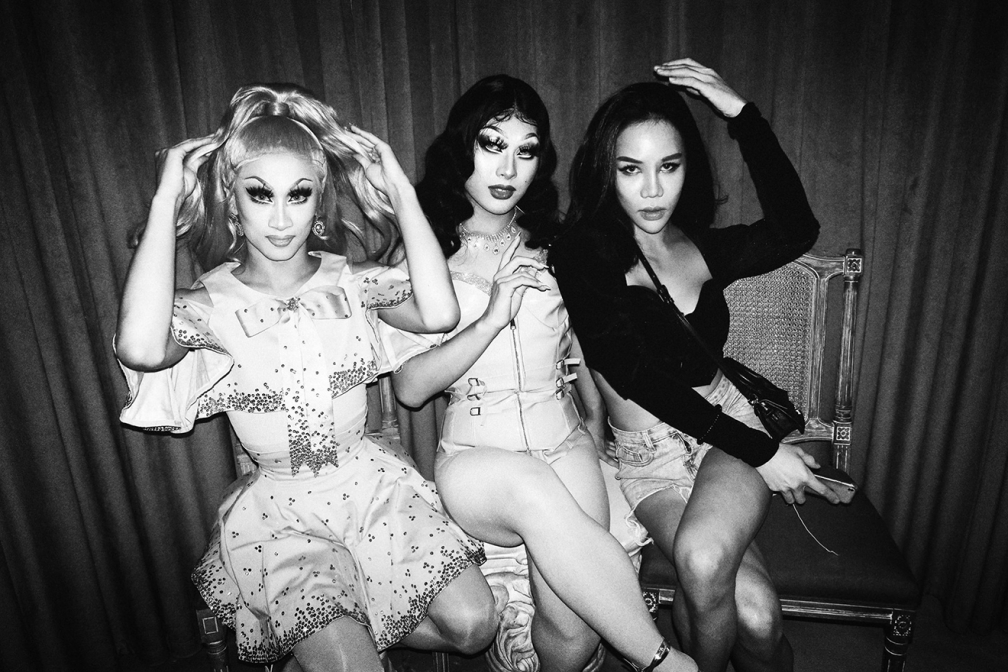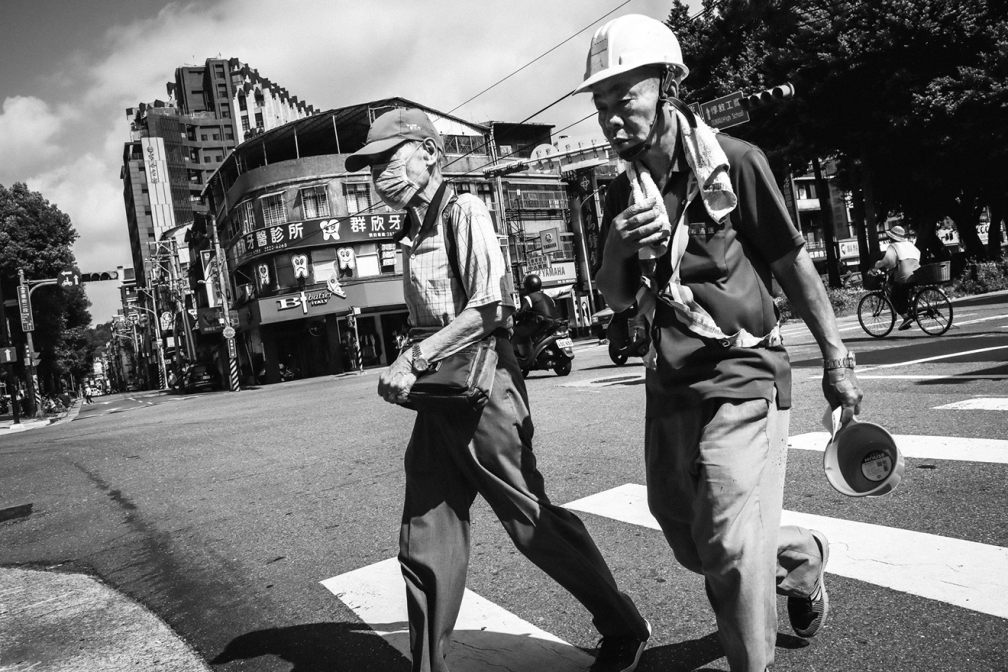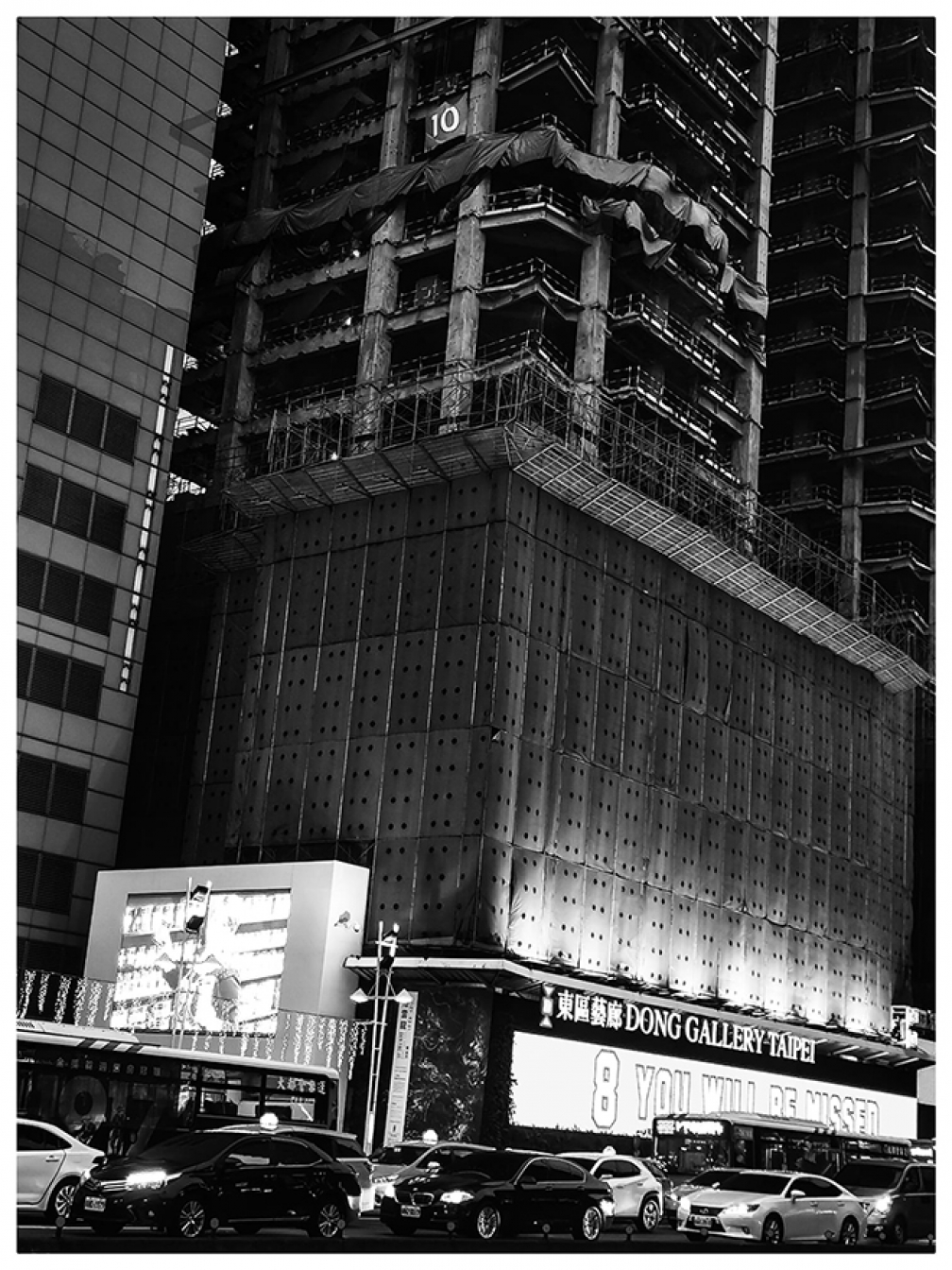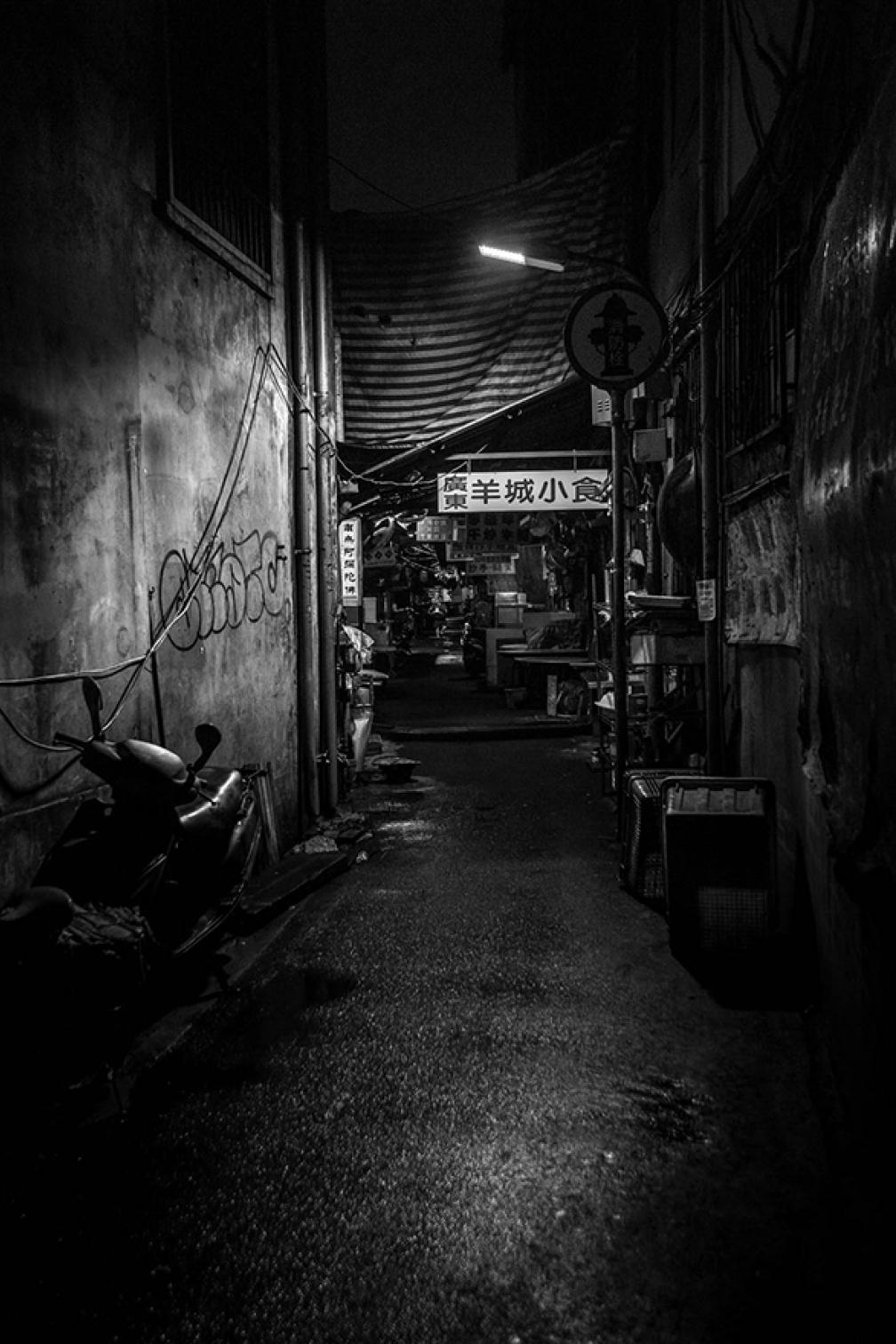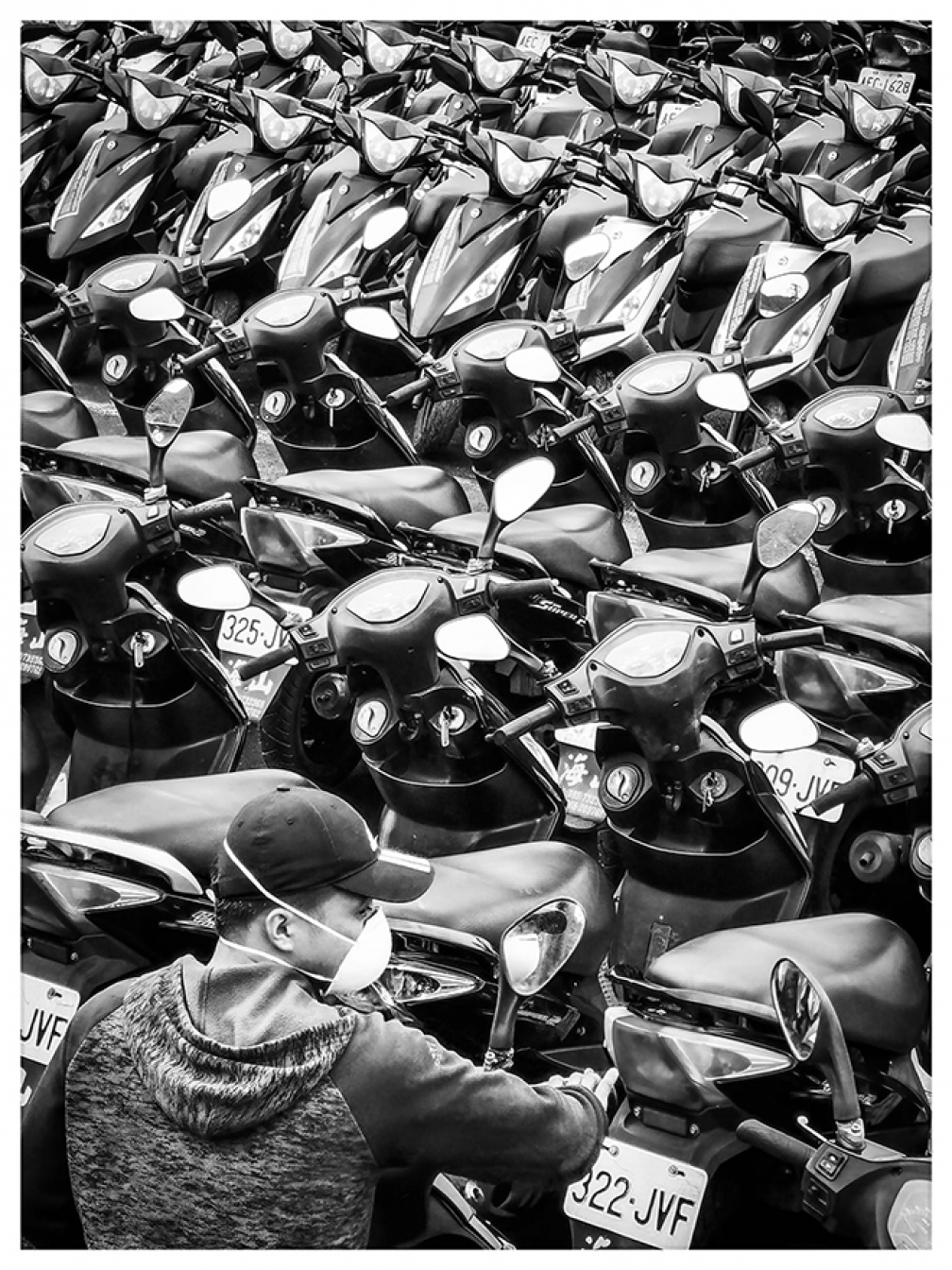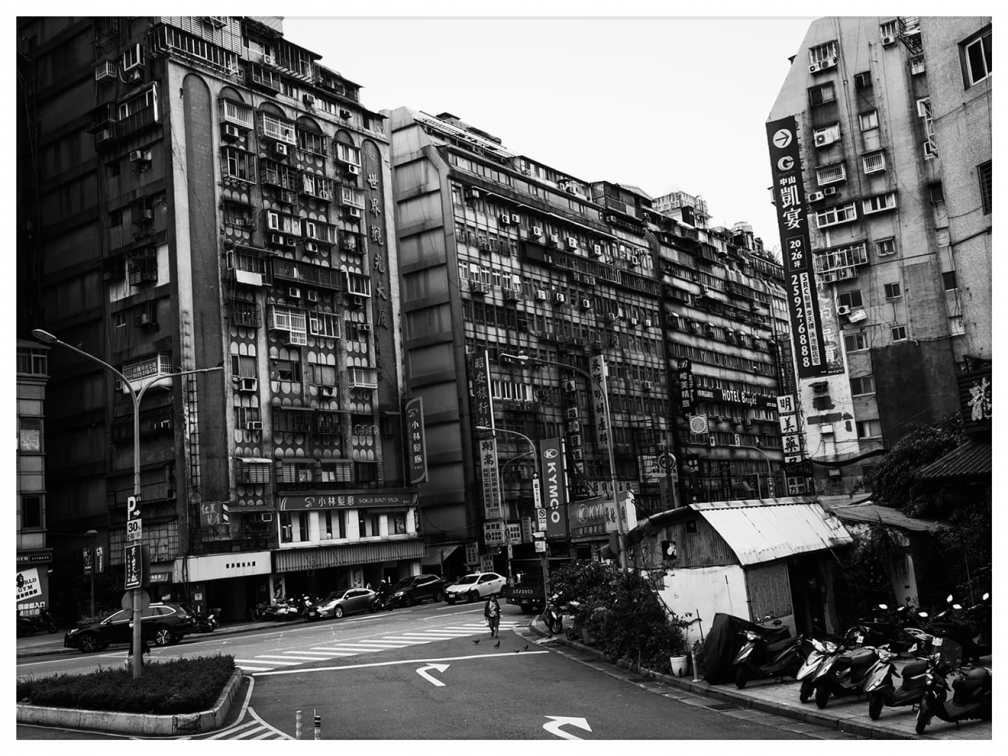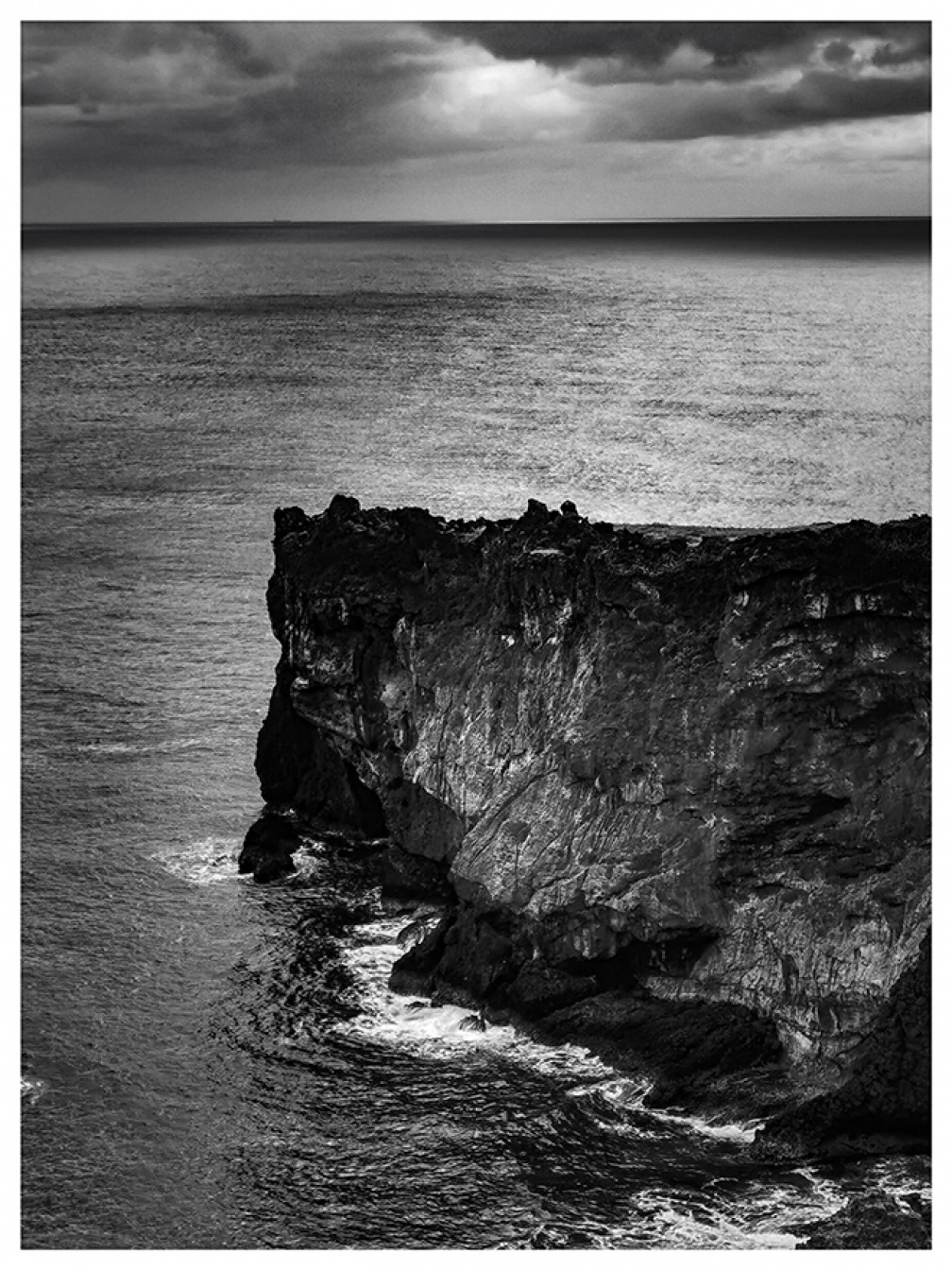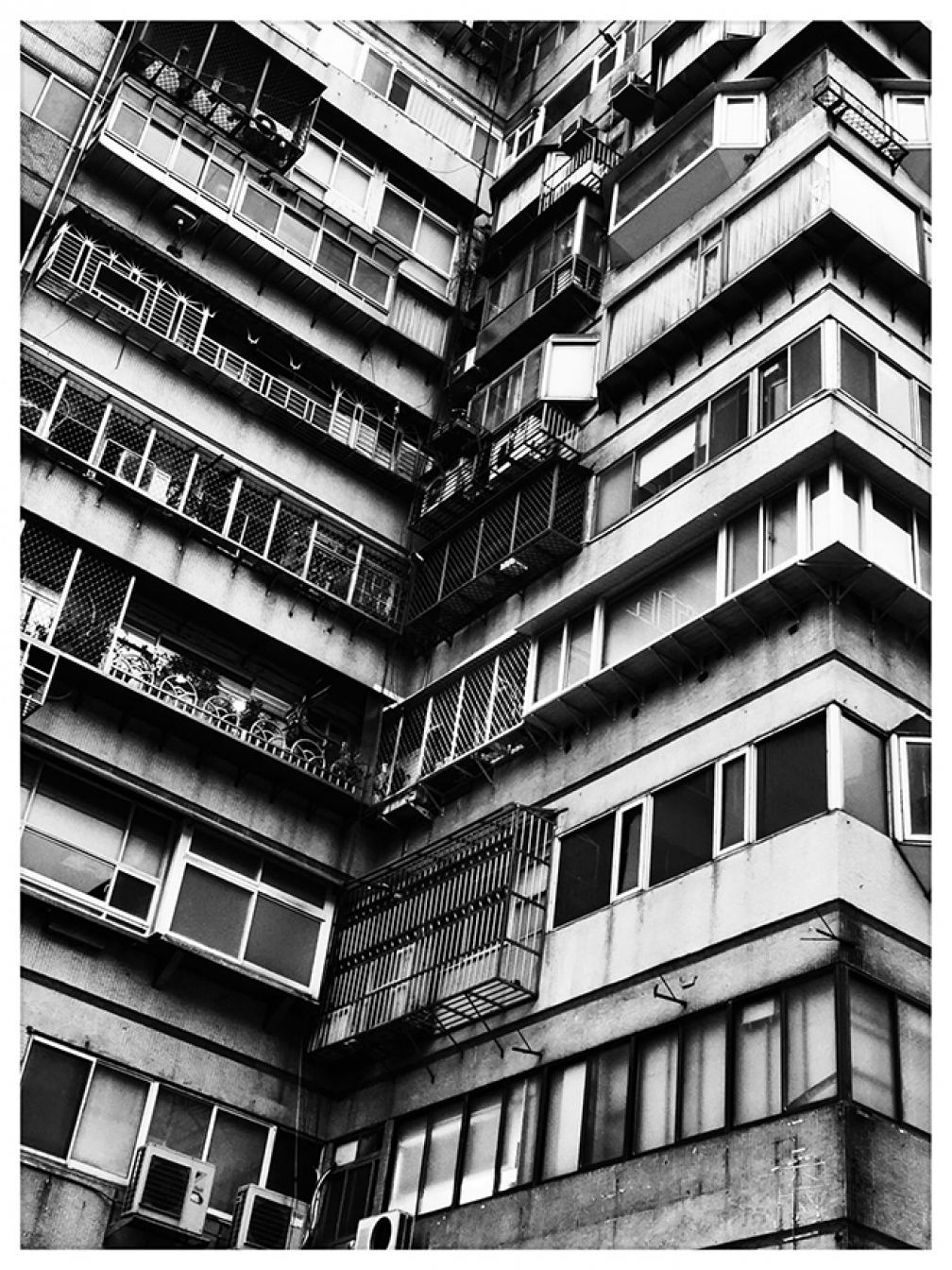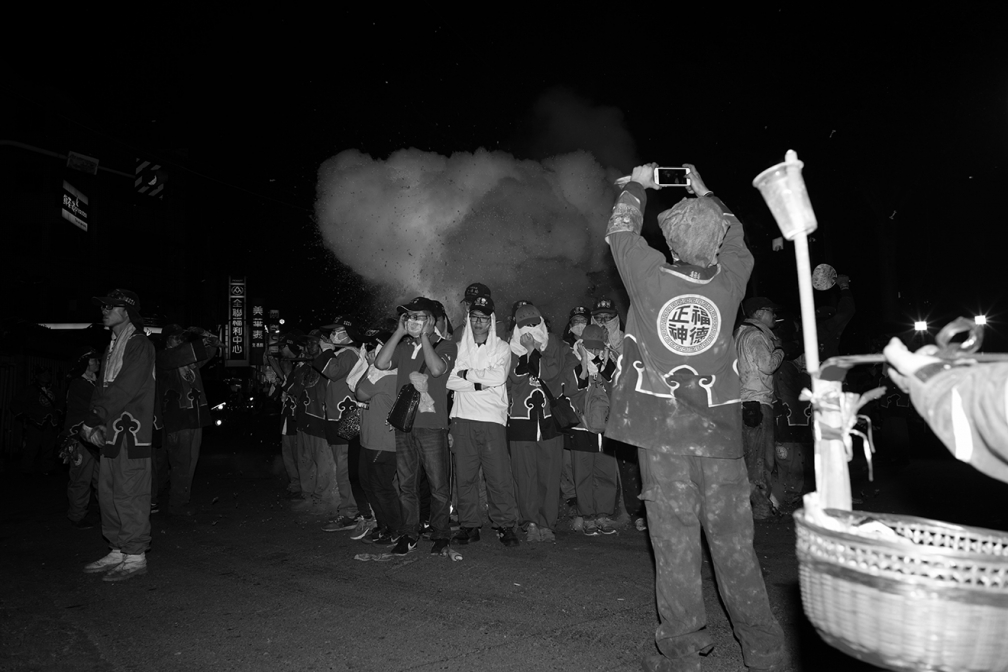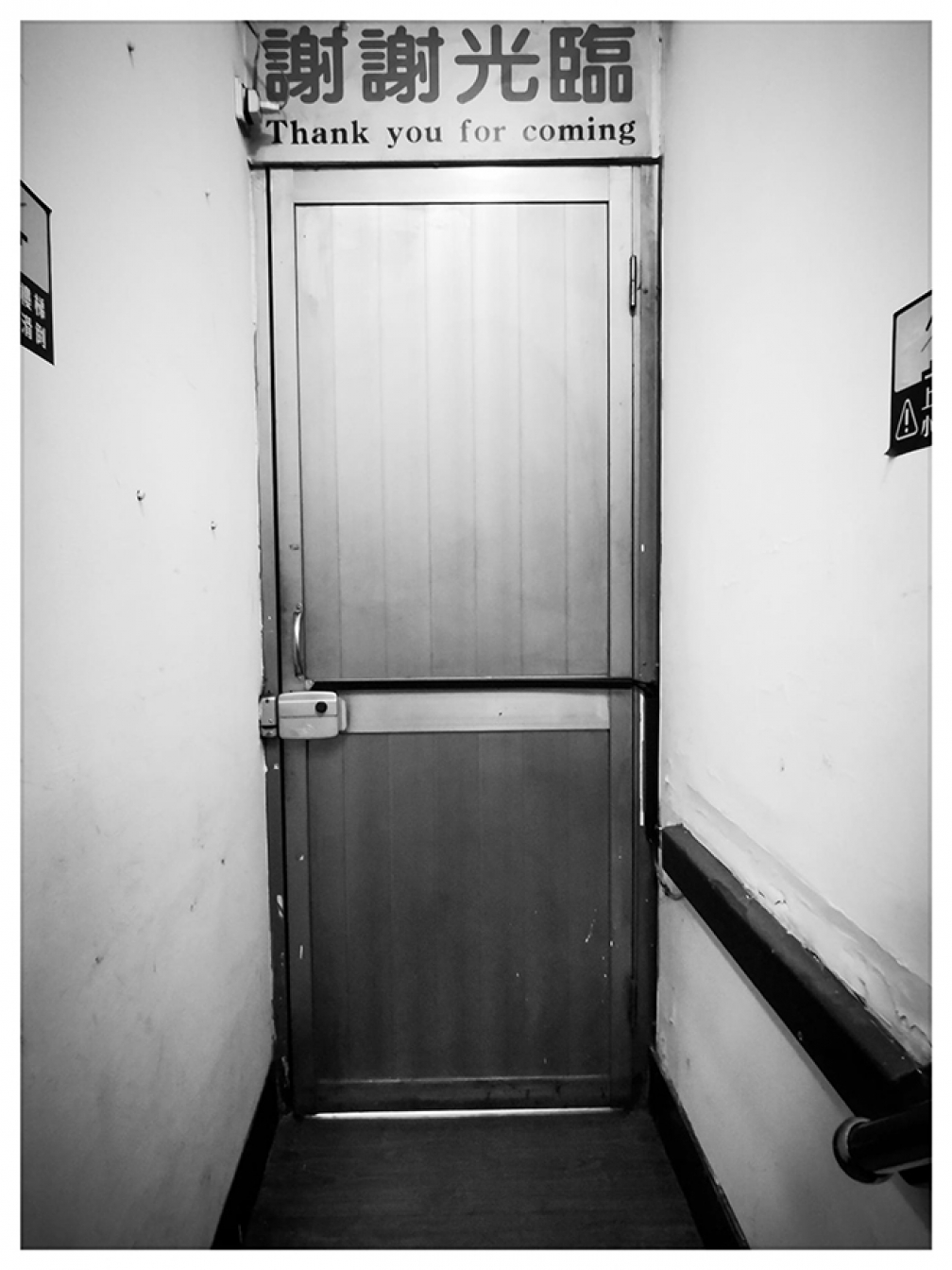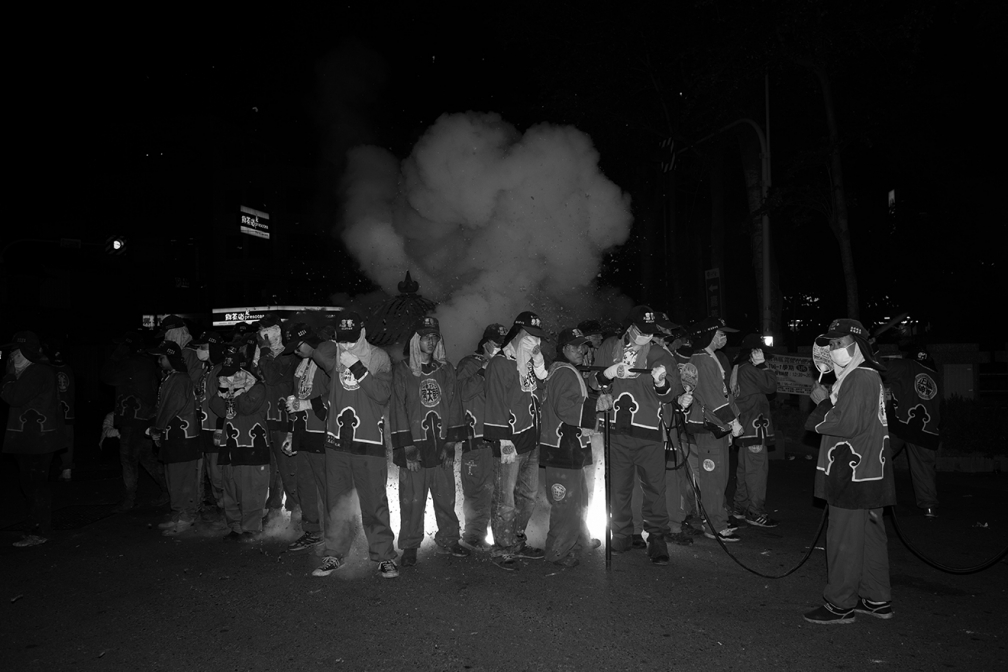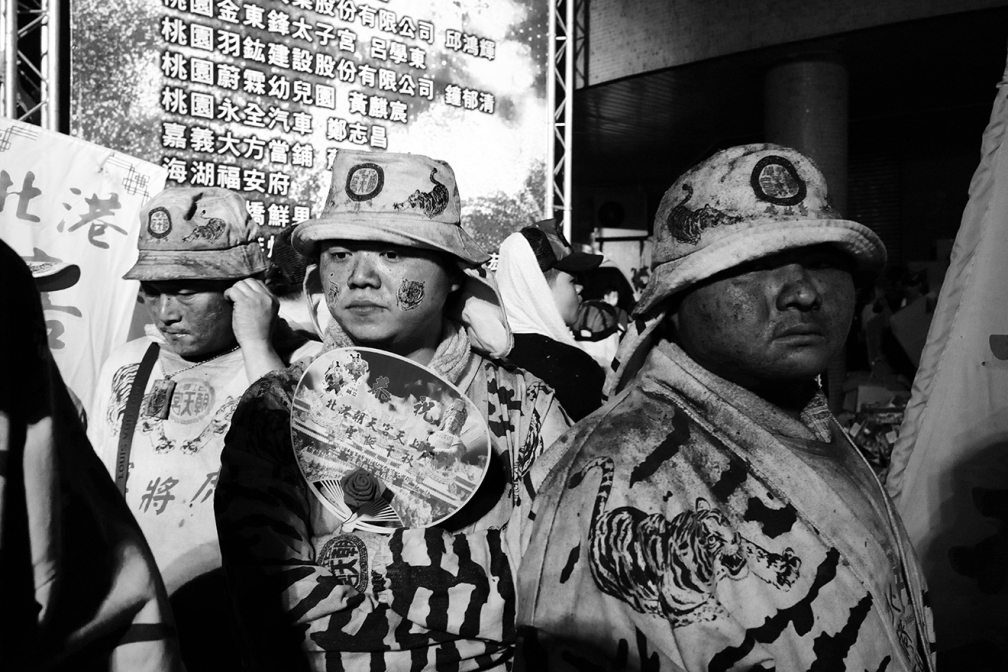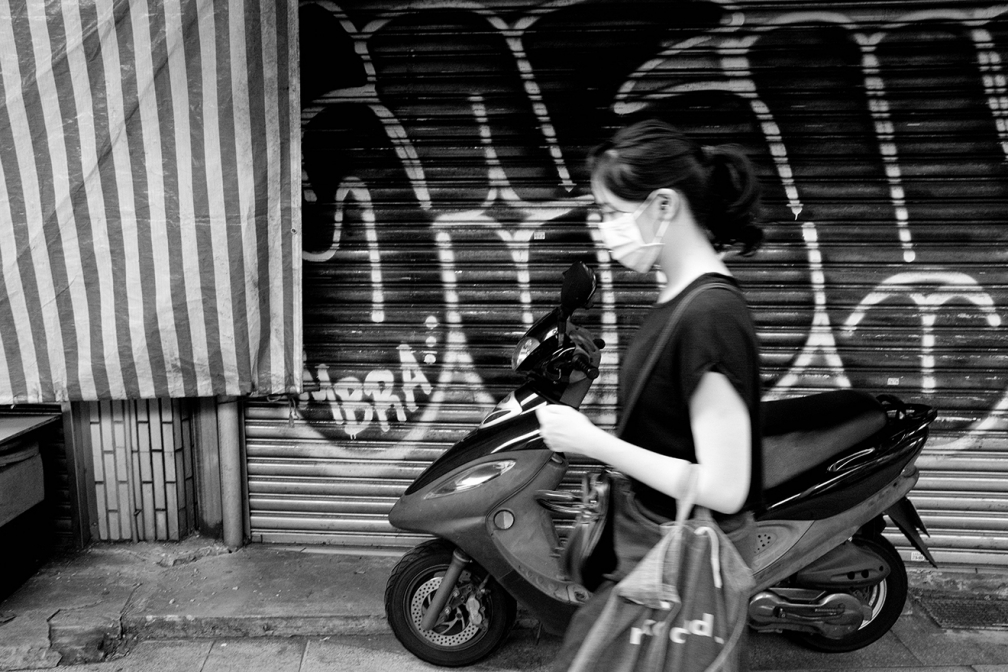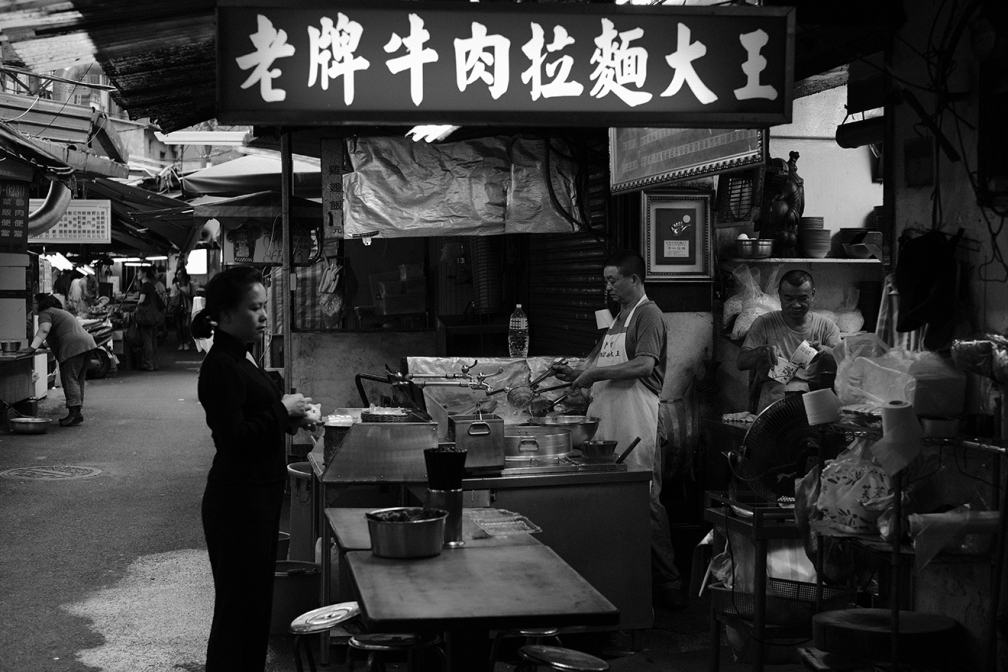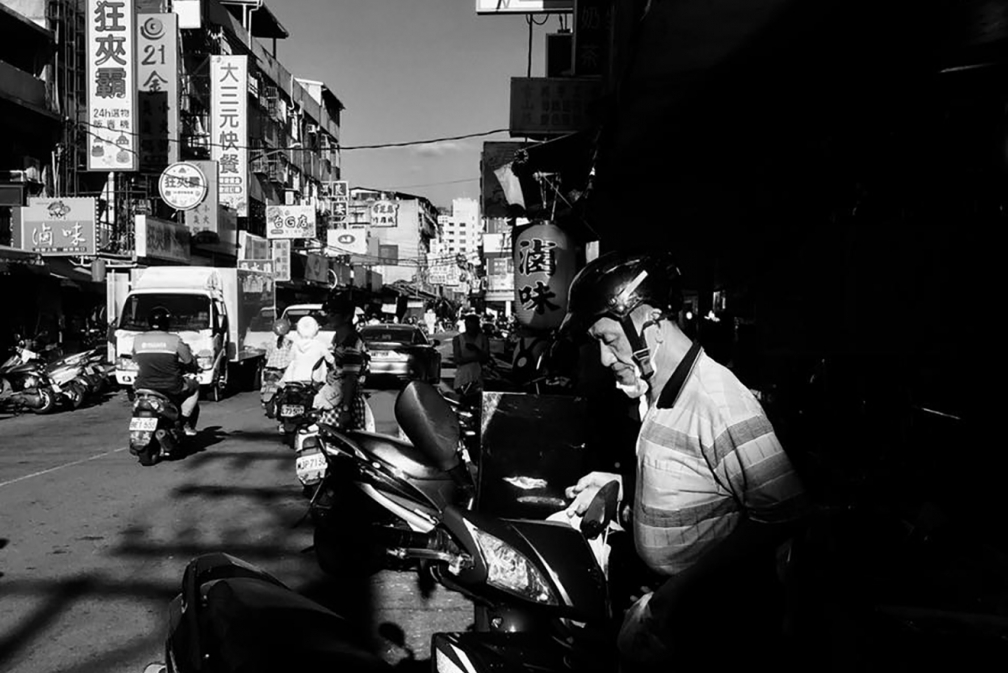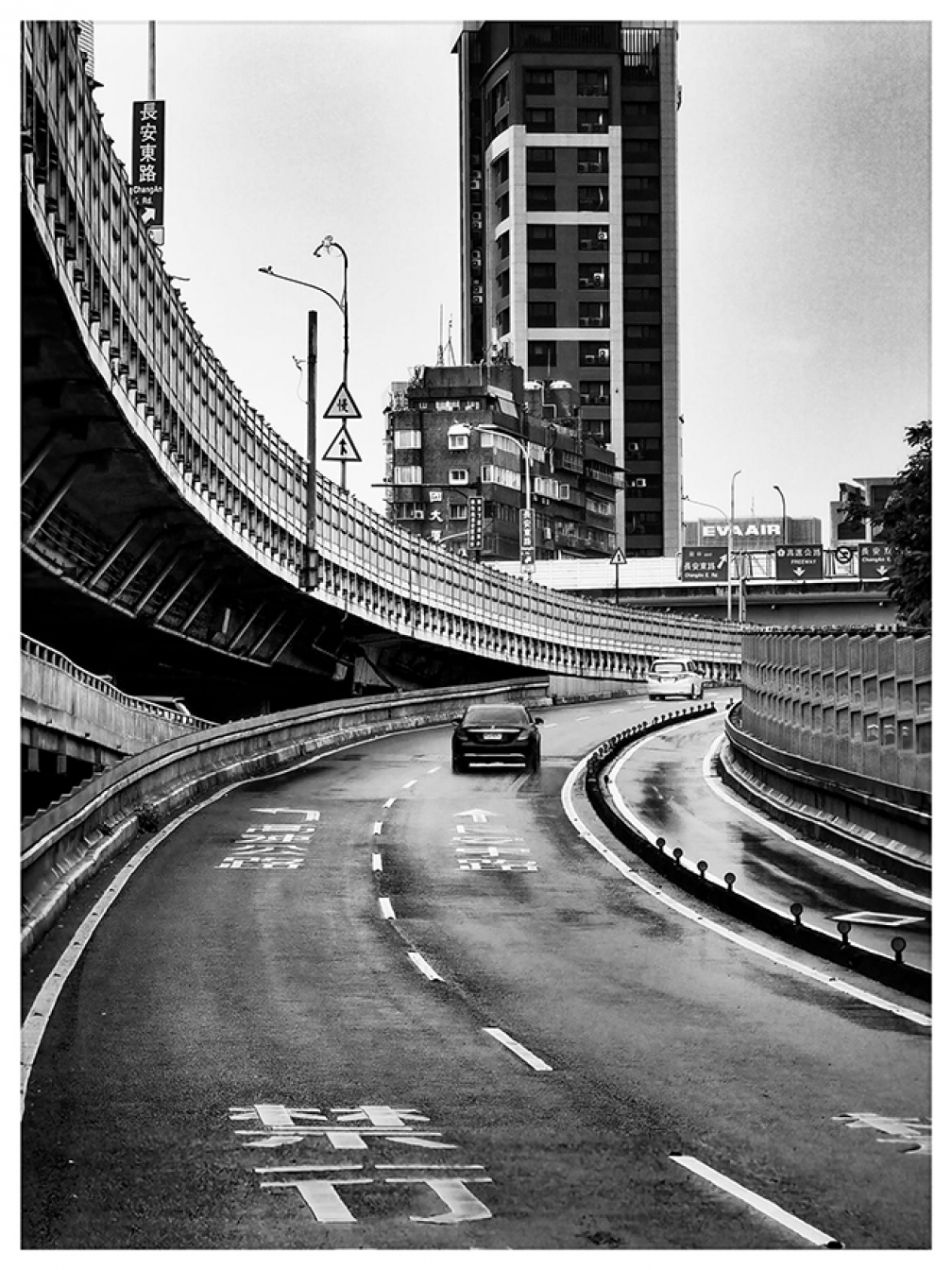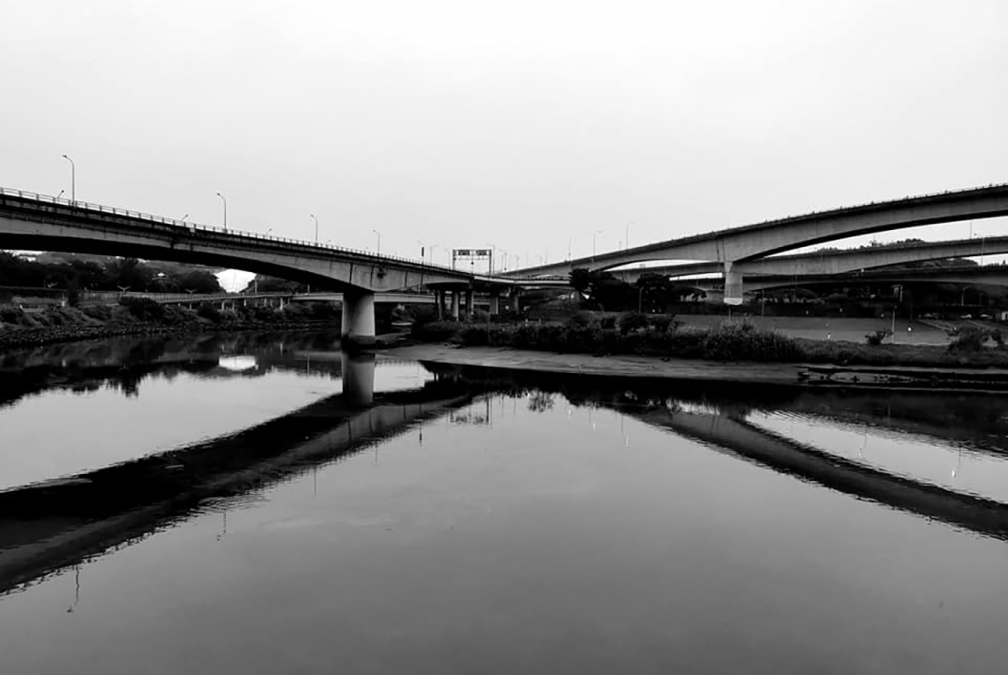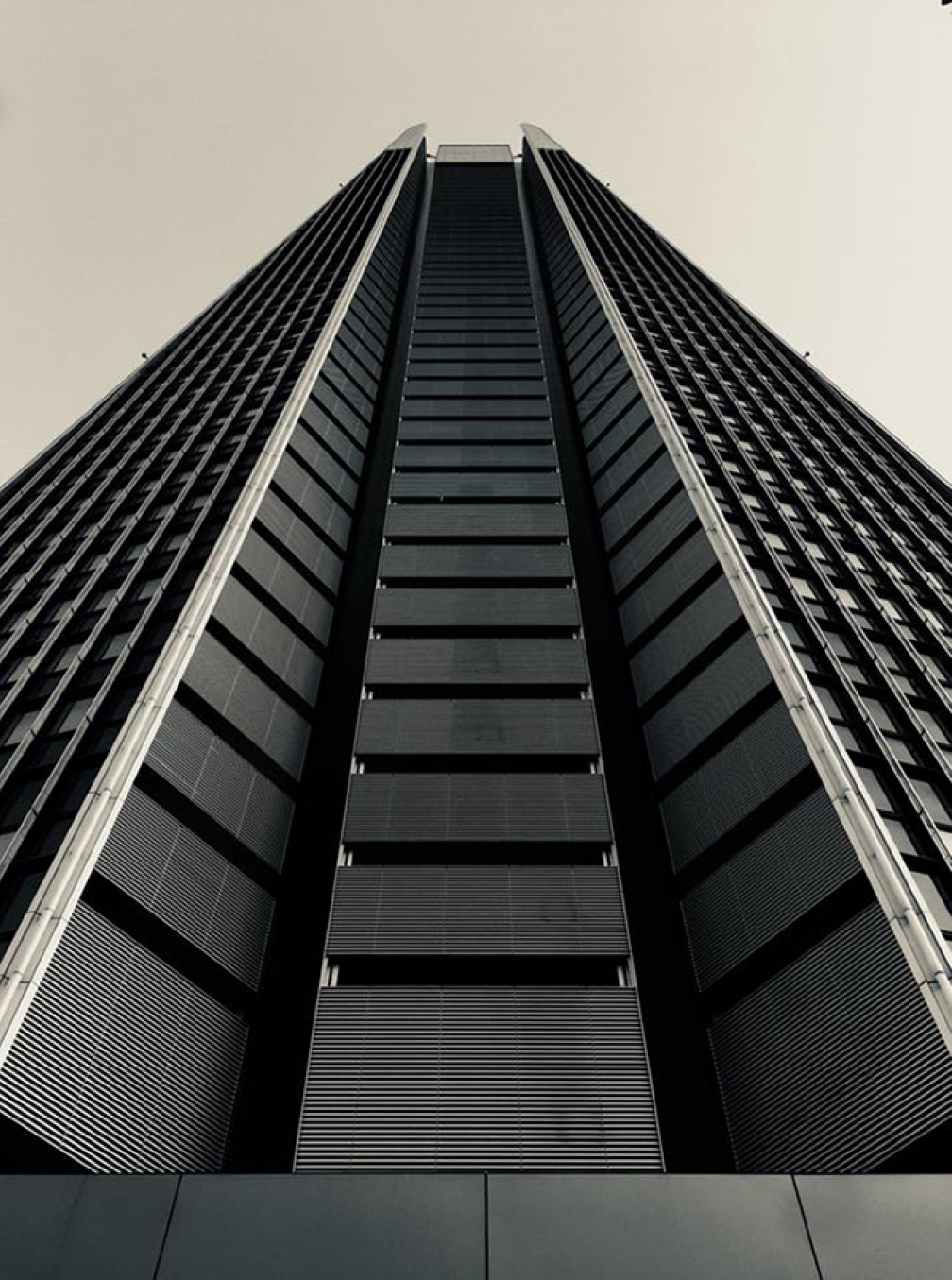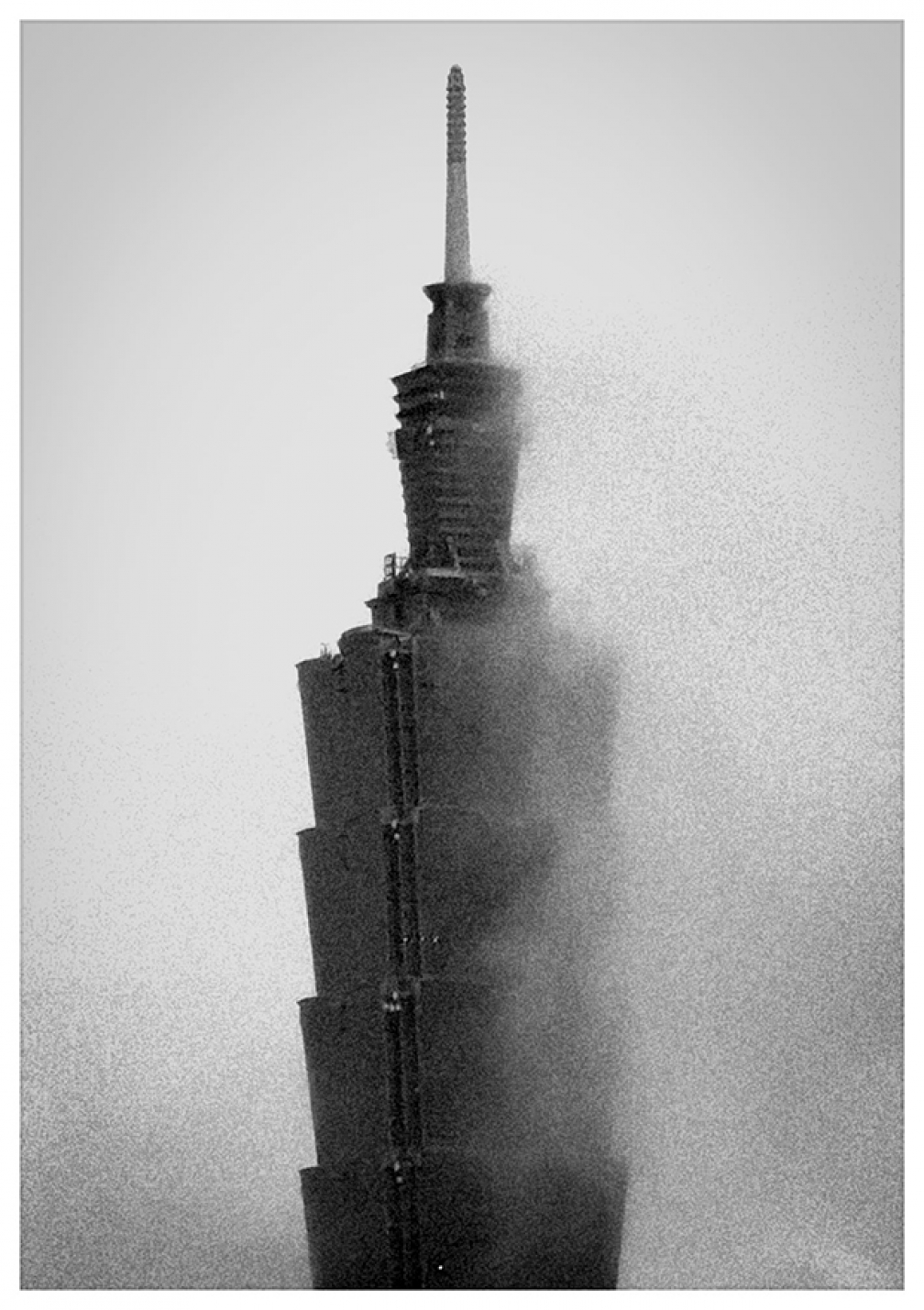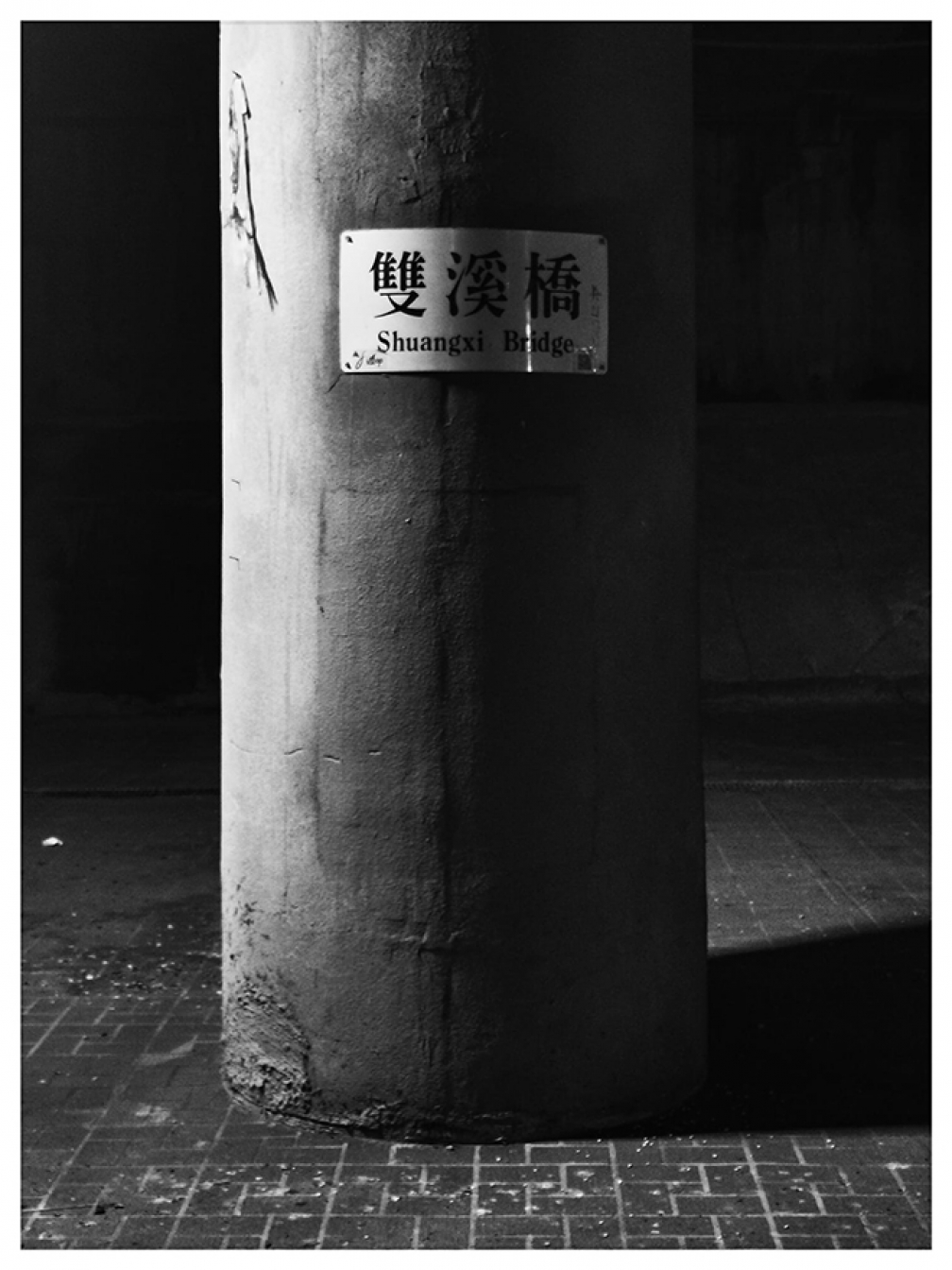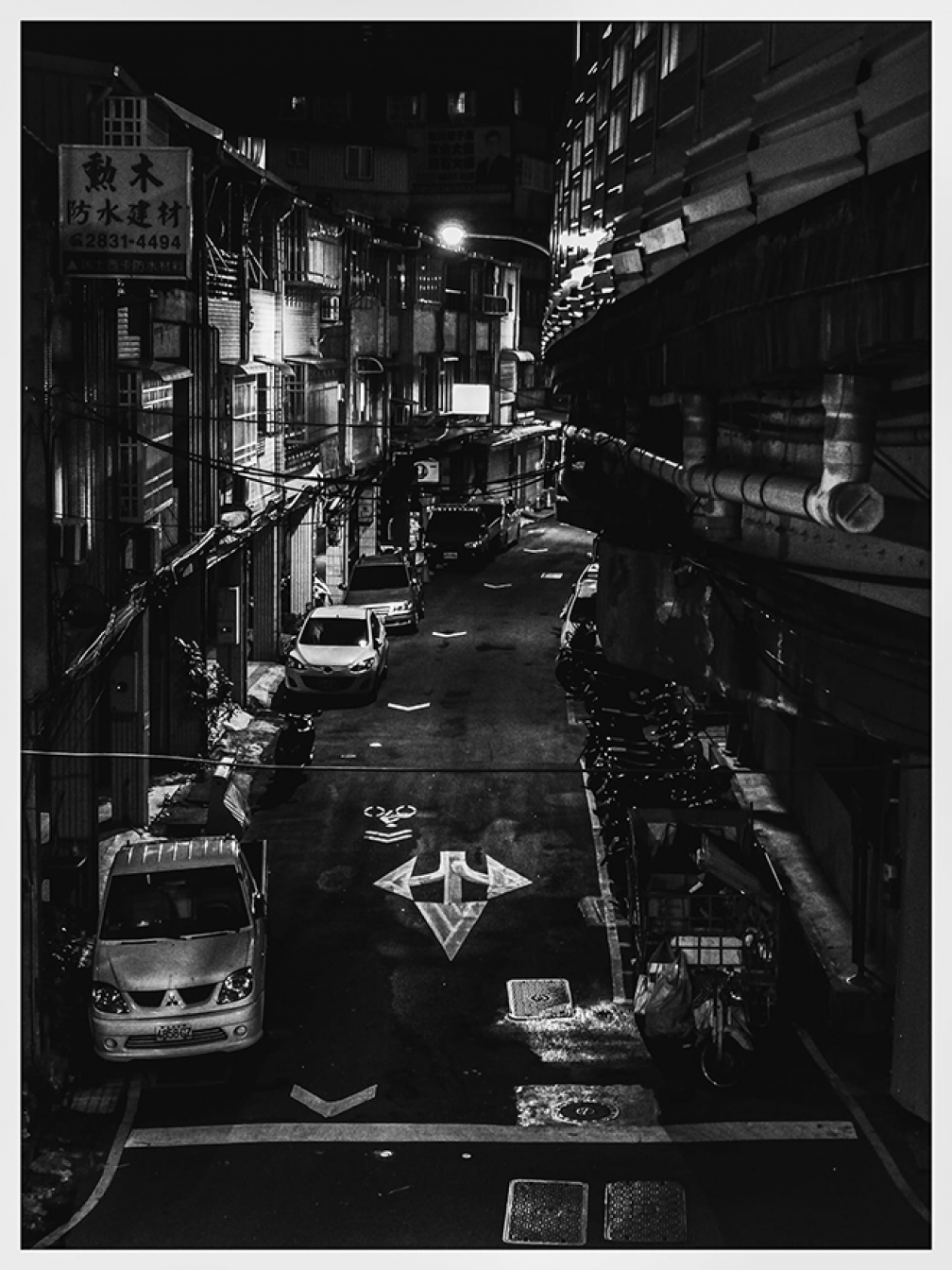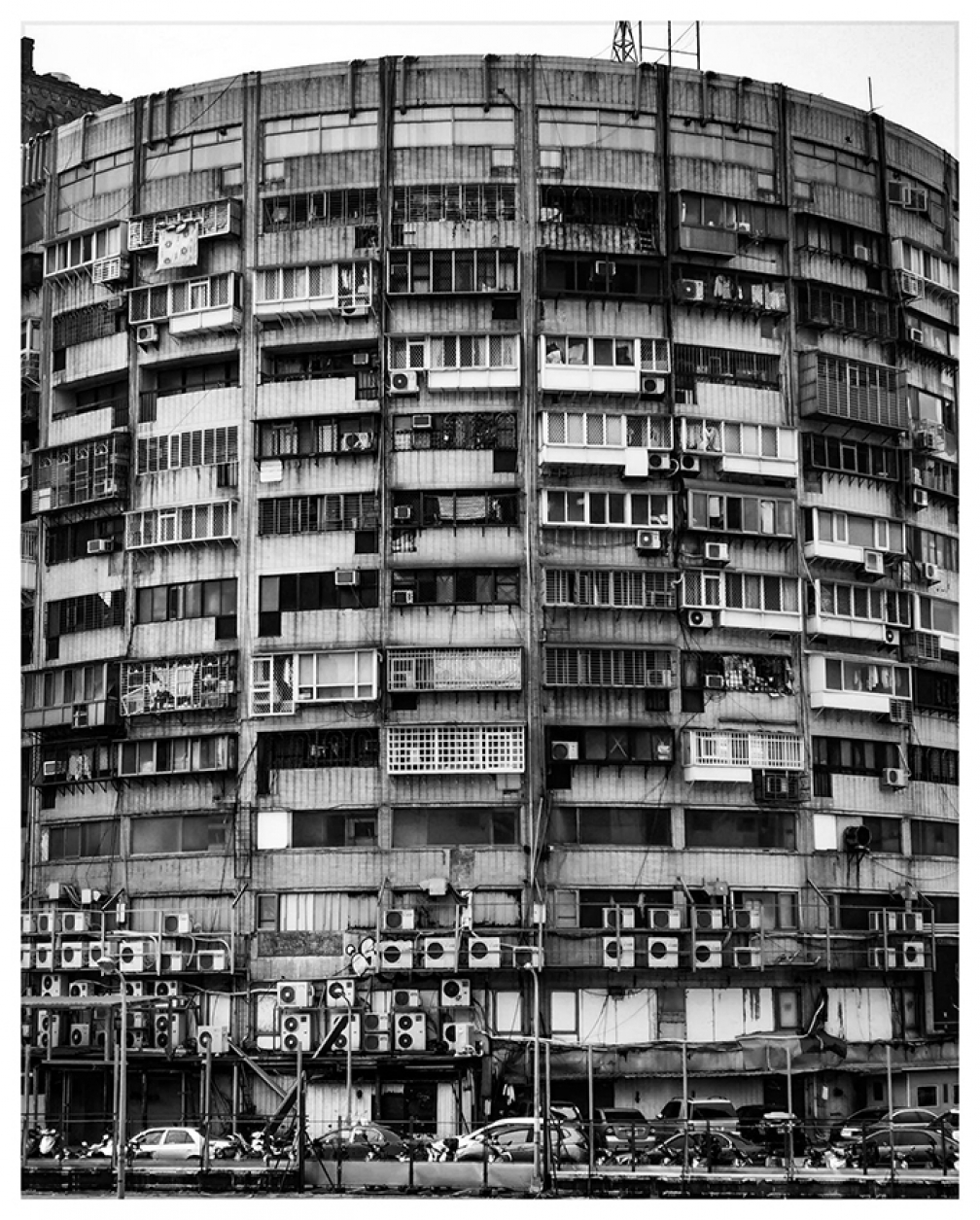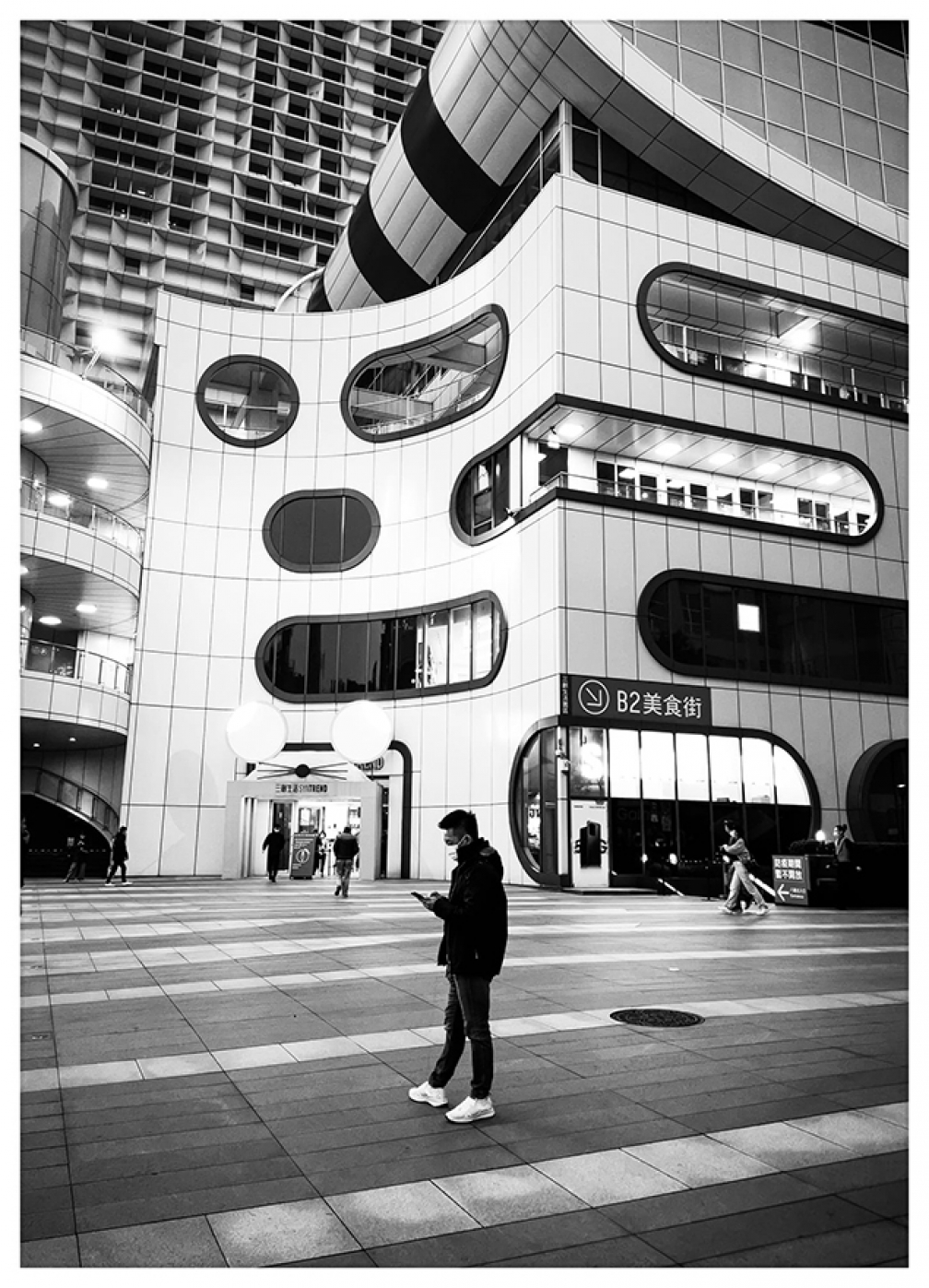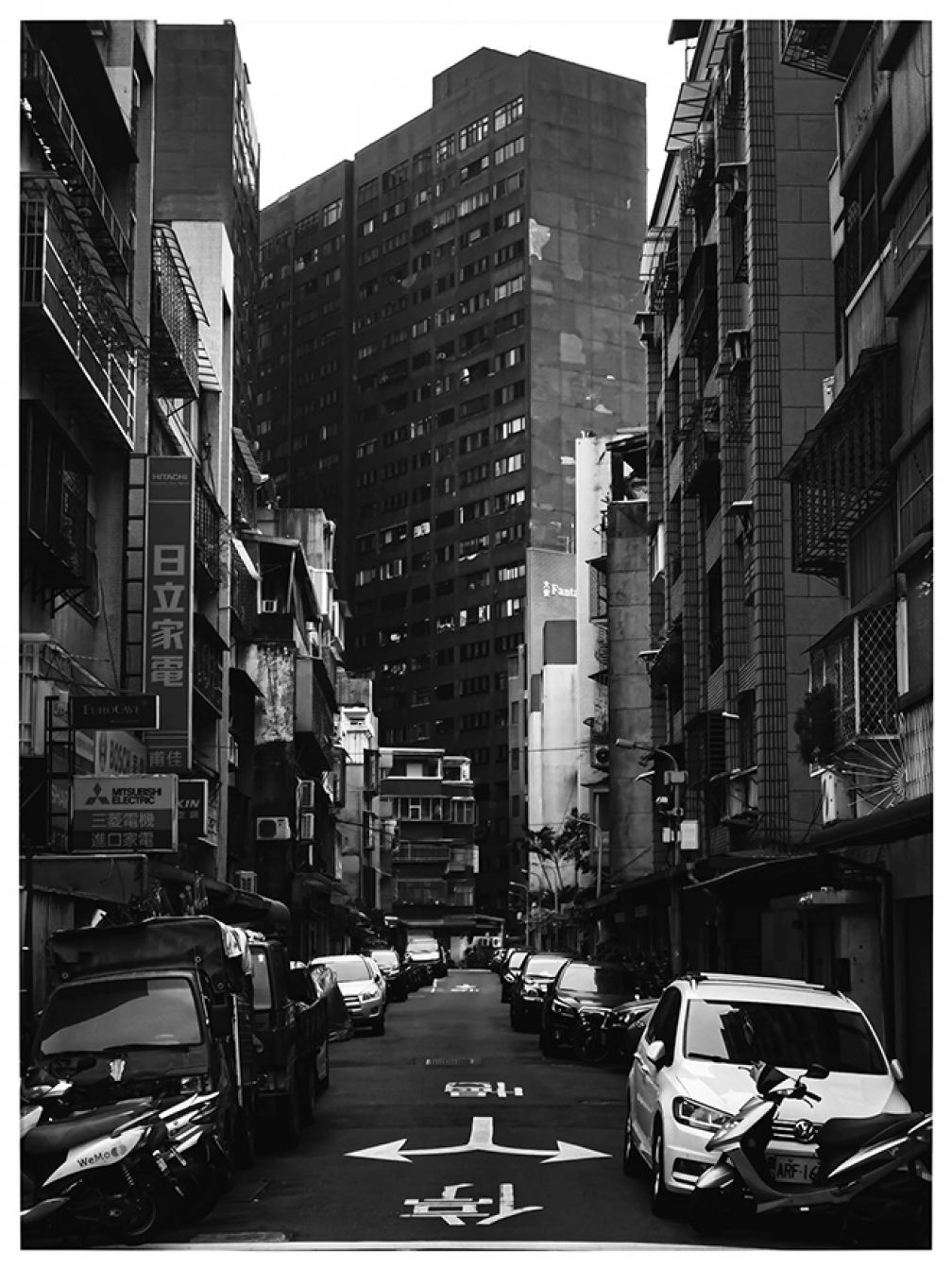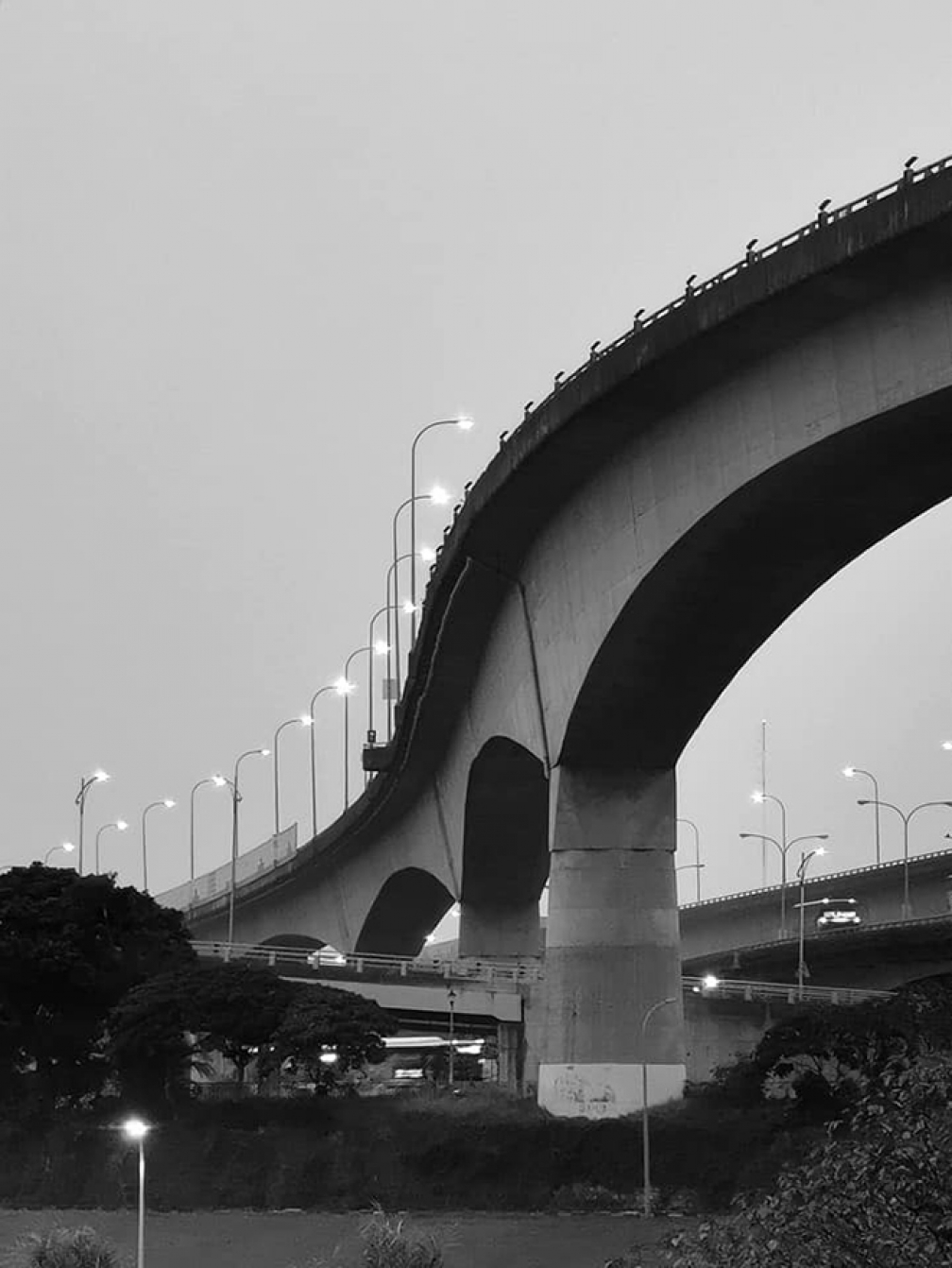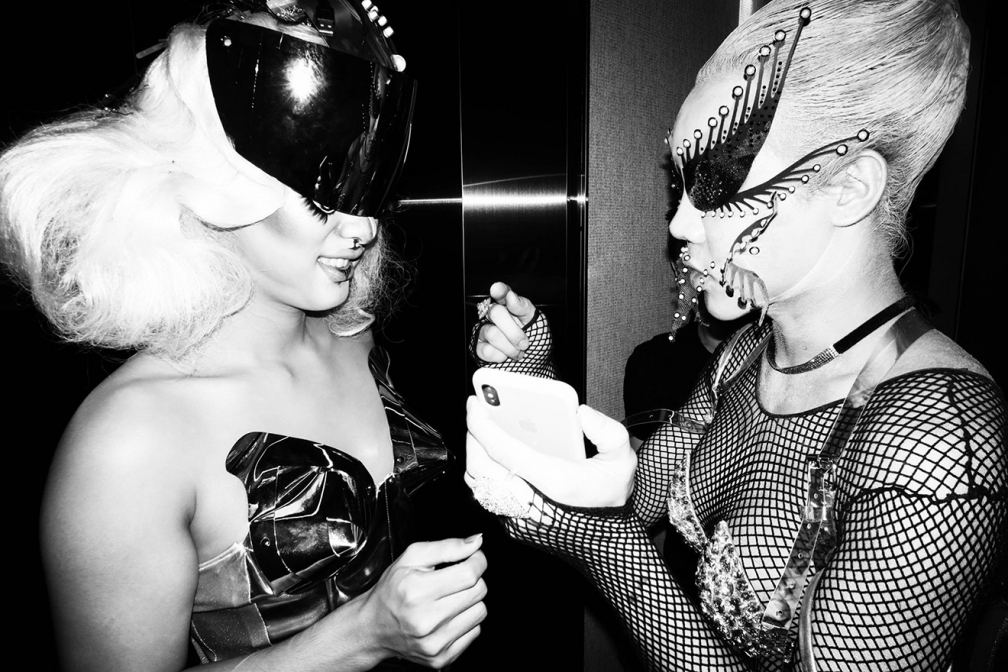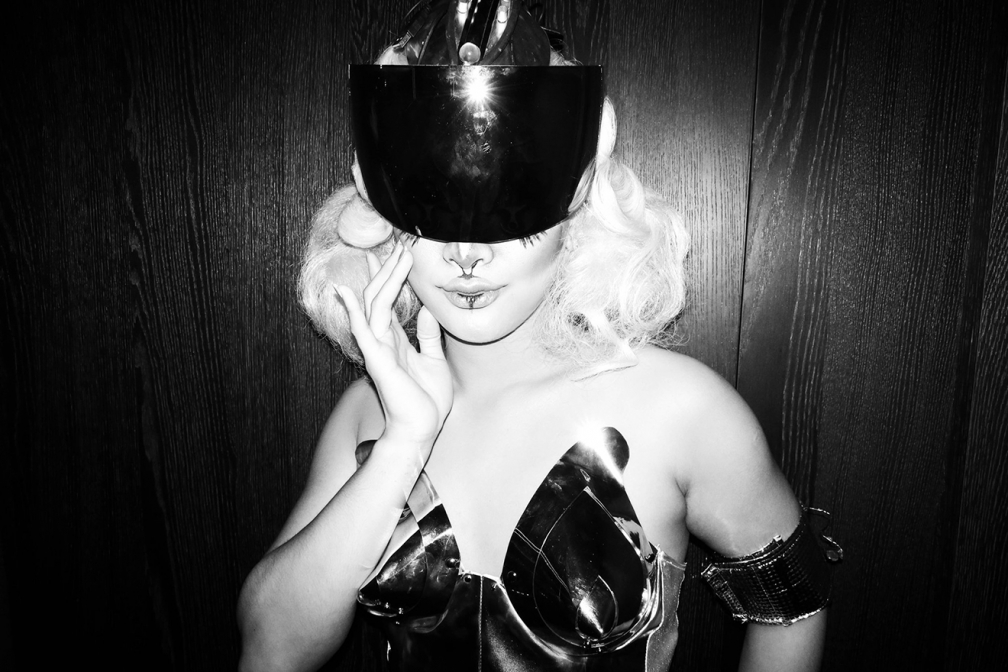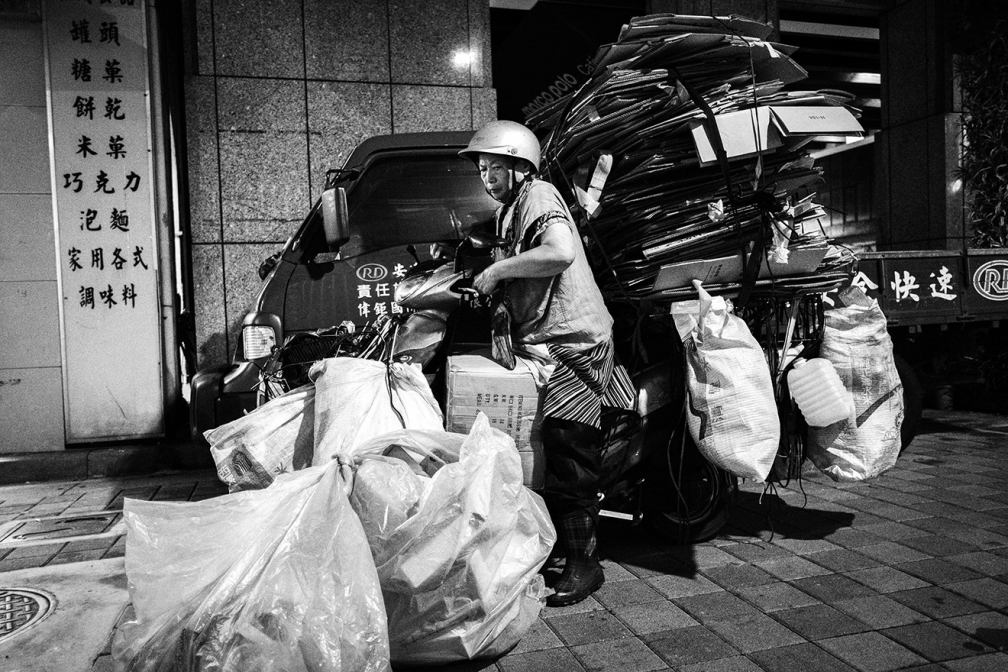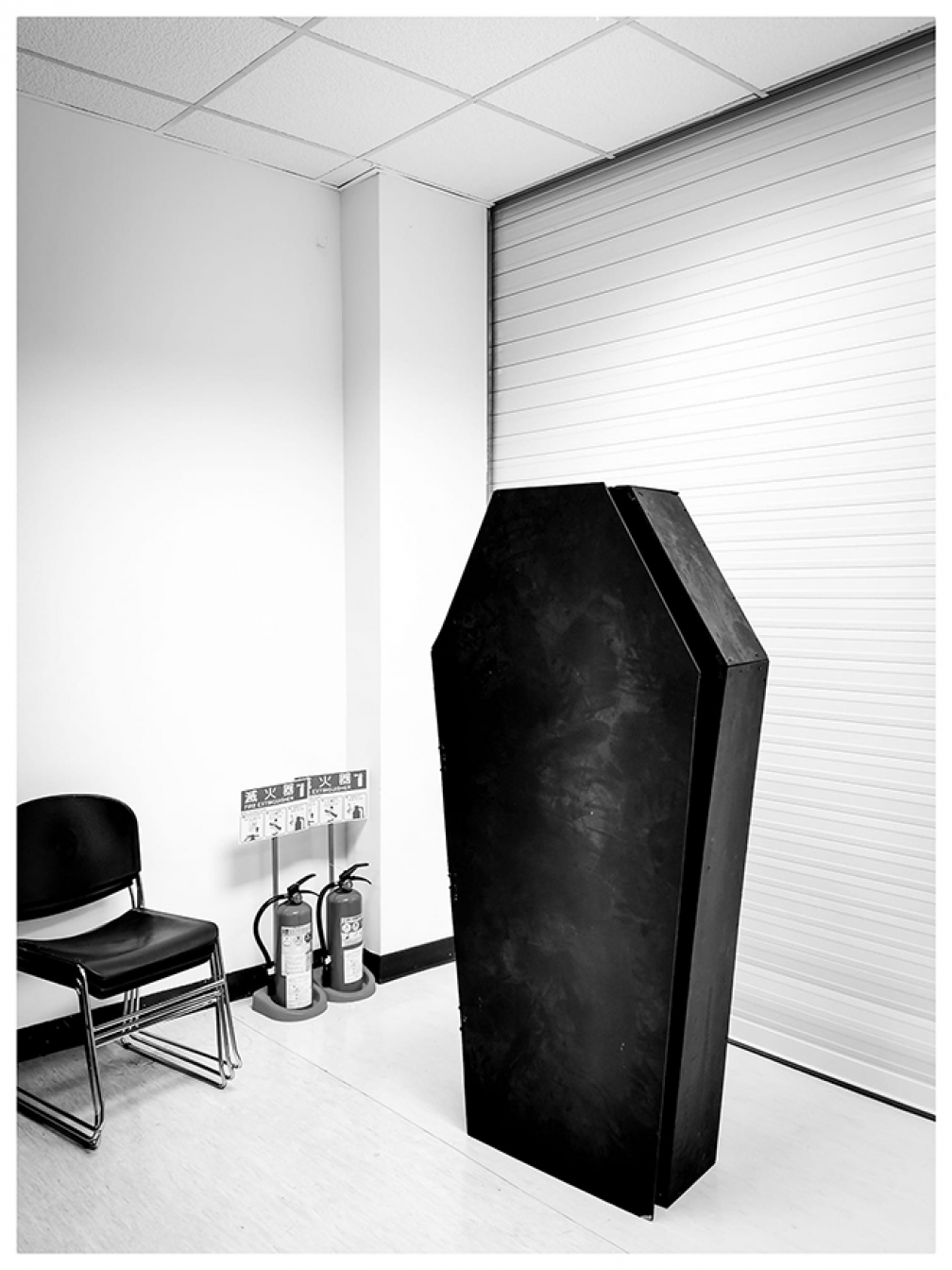Black, white & brutalist: Bold & beautiful scenes from the streets of Taiwan
Fall in love with these concrete beasts through Gregory Garde’s photography
The first time I serendipitously stumbled across photographer Gregory Garde’s work, what caught my attention was his brutalist depiction of Taiwan’s architecture. To an outsider, the island might look like an inside out shower with monolithic buildings and facades built of weathered concrete tiles — it’s stark and menacing, really. But depending on your point of view, especially if your POV is that of someone who has spent time in Taiwan, you would call the city a masterpiece. Built to withstand extreme elements, the island nation largely escapes much damage with several typhoons battering it each year and earthquakes a common occurrence. Taiwan grows on you (fast), and a highly expressive beauty is found within the walls of this intoxicating island. If techno were architecture, it would be Taipei City — and that’s how Gregory Garde sees it.
Photographer, videographer, party promoter and fine arts aficionado, Gregory Garde landed in Taipei for a three week holiday. Five years later, he’s still there capturing Taiwan’s rich culture on camera, bolstering the image of the island to a world that still often overlooks Taiwan as a must-visit destination. But anyone who has ever been there will tell you tales of an island that casts a potent spell on its guests with thanks to a budding electronic music scene, vibrant LGBTQ community, brazen art circle and the gustatory greatness of many Michelin-calibre restaurants. But most importantly, it's the warm and welcoming local culture. Then once you come up for air, you might even see beauty in its divided architecture thanks to a re-appreciation of brutalism, and also because of this emotional gallery. Take a look at Taiwan through the eyes of Gregory Garde.
What came first, photography or Taiwan?
I started photography quite late. When I was a teenager, I saved up enough money from a summer job to buy my first camera: a Nikon FM2 with a 28mm lens that I picked up on my 18th birthday. Even though I was often disappointed by my lack of technique, I enjoyed waiting days for the prints and was amazed by the magic of taking pictures.
I left photography aside for a while attending Beaux-Arts de Paris, a fine arts school where I mostly painted and produced installations — but eventually came back to it. Sometimes we do things to avoid doing the things we really love.
I took a three month trip to Asia and did a 3,000 km photography road trip in northern Vietnam following the Chinese border. I also went to southern Thailand, Hong Kong, Japan and naturally Taiwan followed. I was especially curious because when I was a kid, I was very observant that everything had a 'made in Taiwan' tag and I always wanted to know more about it. Being hugely into National Geographic also help instill this curiosity. The truth is, I went to Taiwan for three weeks and that became one year. When I finally went back to France, I sold everything and moved back to Taipei.
Taiwan is a vastly unique island. What about it inspires to get out and shoot photos?
What I loved about Taiwan was its people first, of course. Not just the Taiwanese but also a lot of the wai guo ren who have lived here for twenty-some years. Then comes the scenery, and Taiwan is brimming with well preserved, accessible and wonderful landscapes.
As a foreigner, they are also so many of these interesting observances, like the umbrellas that protect you from the sun. Umbrella comes from the french word ombrelle (and ombre mean shadow), which in the 18th century was used to protect oneself from the sun. So in fact, an umbrella was not meant to be used as protection from the rain. And it was this simple language fact triggered me to do a Sunny 16 series, which refers to a photography technique where the aperture is set to f/16.
Now that I've been living here for nearly five years, I'm less interested in the tourist clichés or street photography, instead, I’m working on projects that allow me to deep dives into social and cultural issues like the struggles of Taiwanese youth when it comes to traditions and modernism. I'm also exploring themes related to what some people refer to as ghost island and also the role of single mothers in Taiwan. The idea is to get more involved in cultural exchange and learn more about this maybe not perfect but incredibly beautiful country.
A lot of your photos are of Taiwan’s very distinct architecture, an element often overlooked by outsiders. Through photography, what did you learn about Taiwan’s landscape and finding beauty in it?
Taiwanese cities are really interesting to me as they represent growing chaos. It's the opposite of Paris where Haussmann urbanism has drawn clean lines around building and boulevards. Everything in Taipei seems to be built as add ons and when you add all the Chinese character on the billboards, it makes for a picture-perfect kind of chaos which is very valuable as a photographer.
I guess in some way, I'm also a bit introvert so a lot of the photos I take (many of them with my mobile phone actually), I actually take them while commuting my bike. Oftentimes I'll go back to really good spots to take photos with and when I have time. Once it was raining and there was some run of water against dark concrete. It looked like black water so I took a picture with riding through it on my bike and Octave One playing in my headphones. That's it, that combination is my inspiration.
There is some crossover with club culture with your work in Taiwan. How did that happen?
I'm also a DJ and I used to run a series of queer and techno parties in Paris called Flash Cocotte and Magie Noire. I actually came back to photography by necessity while I was running those events. To save money, I would take pictures of the events myself. It was interesting and at the same time, really frustrating as my taste for more personal work kicked me back without warning.
Black and white. Night and day. Oppression and expression. Just the same, photography is also about balance. Club culture (because it IS a culture ) is a perfect balance to our daily lives just as much as going to the cinema. When I first started shooting, I remember staying home New Year's Eve to wake up at 6am and take pictures of drunk people who gathered for breakfast after the party. I guess the two have always been linked for me.
How would you paint Taiwan’s underground music scene and community to someone who has never been?
Taiwan underground scene is very young, yet there is a lot of good music and several collectives are emerging. In general, things are moving pretty fast. They are two main techno clubs that feel are more in line with a western style of clubbing: Pawnshop and B1. They both feature great DJs and have great identities. There is also Final, which is an endemic Taiwanese underground club and they have a different approach regarding music — you will either love it or hate it, but it's definitely incredibly creative and breaking all the codes. It's tough and competitive but that's also whats make it exciting.
I suggest the western world not look down on or overlook the local DJs here — there is some incredible talent. The DJs here are no joke: precise, edgy and tasteful. Don't come here thinking you know better as a westerner!
Follow Gregory Garde on Instagram here or catch him in Taipei promoting VOID (techno) & Ghost Club (house) parties.


